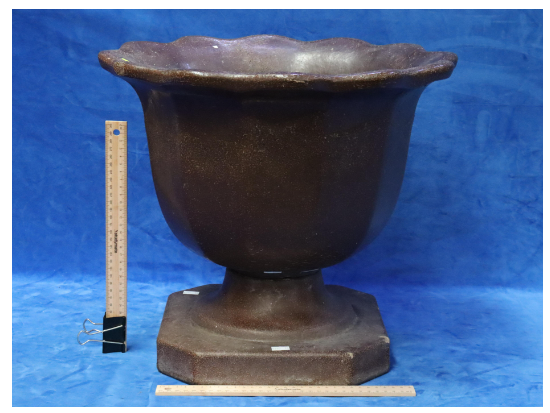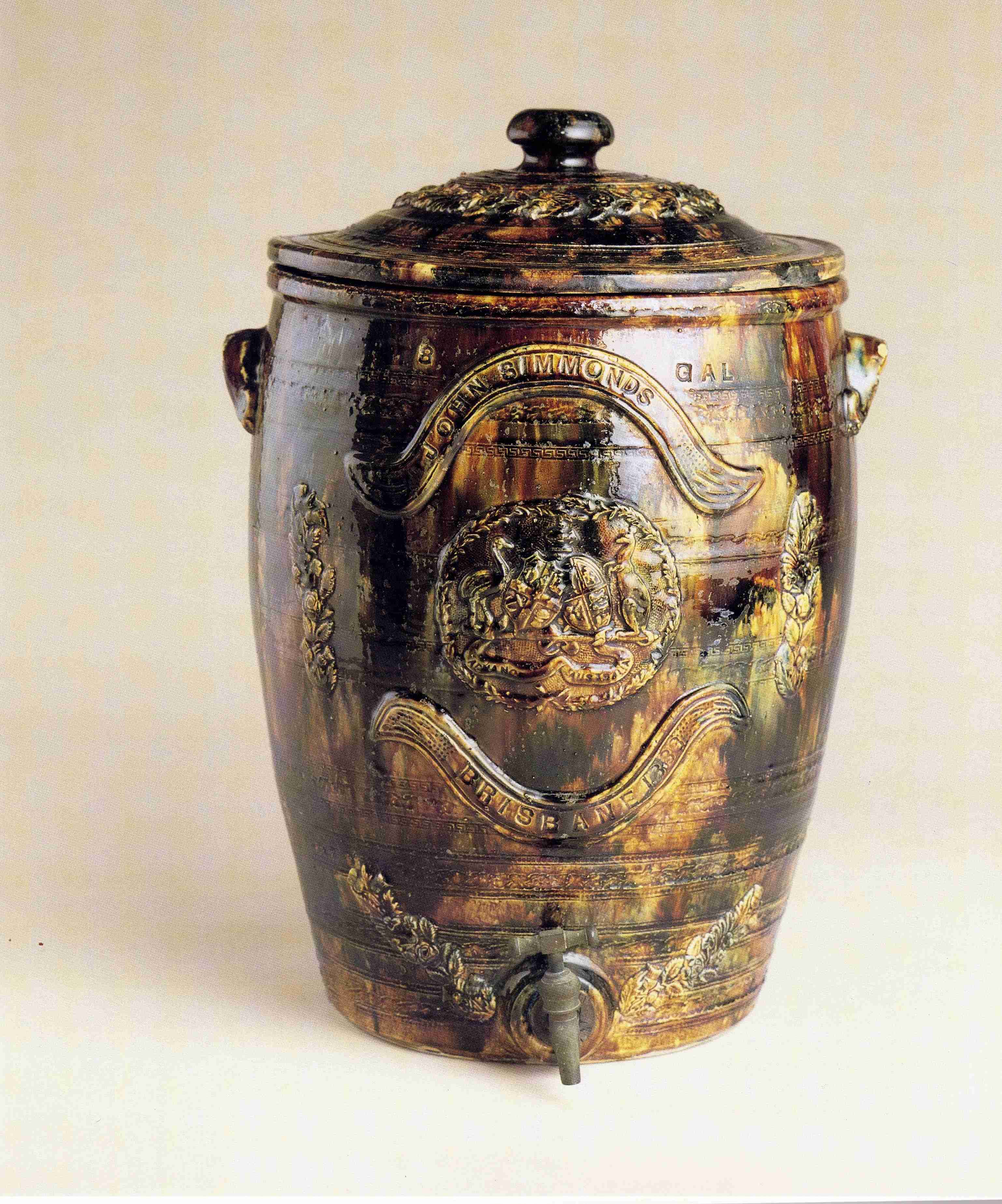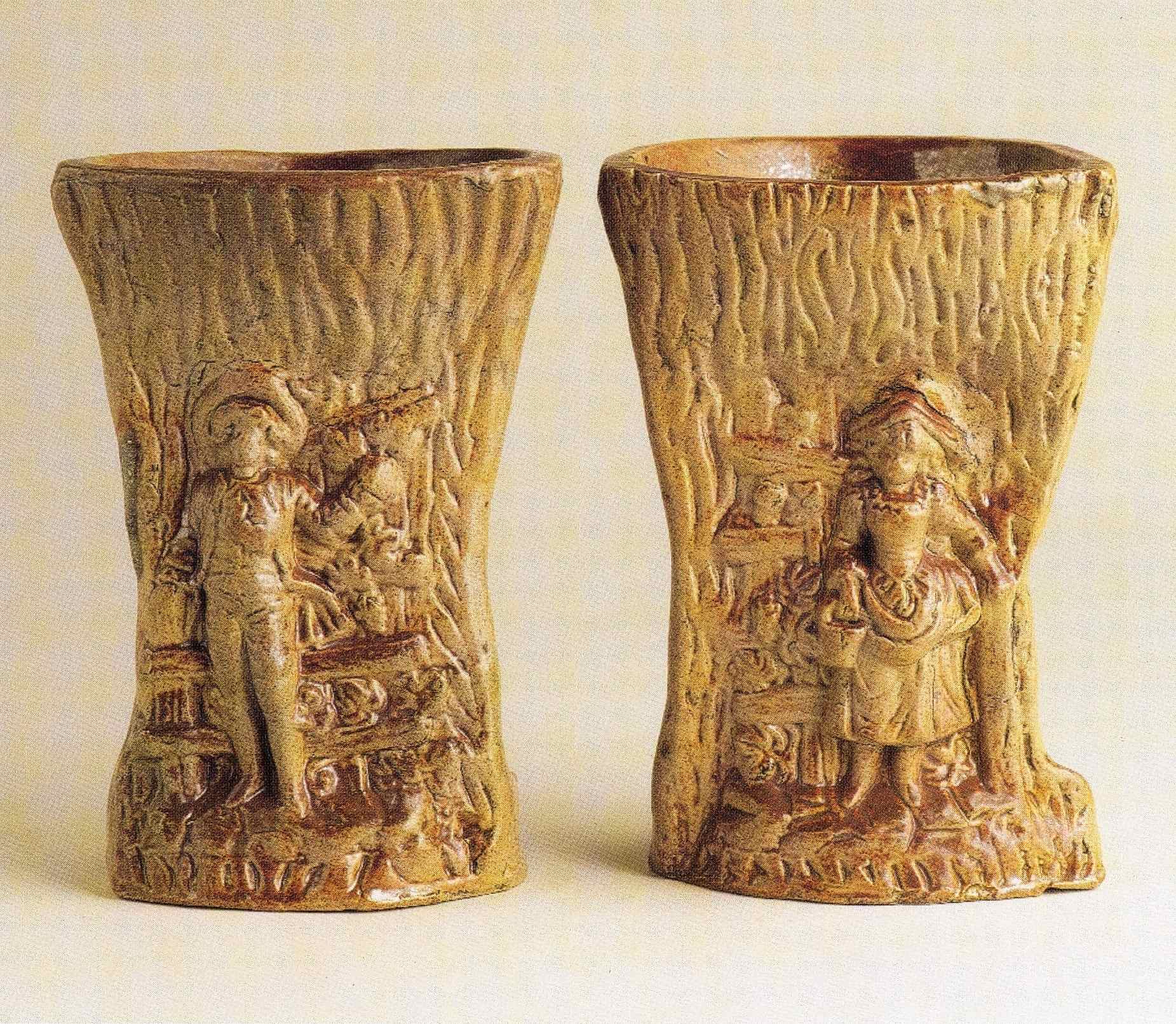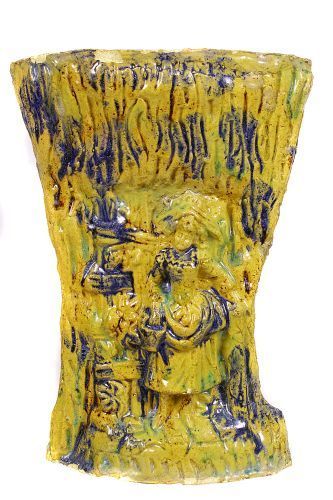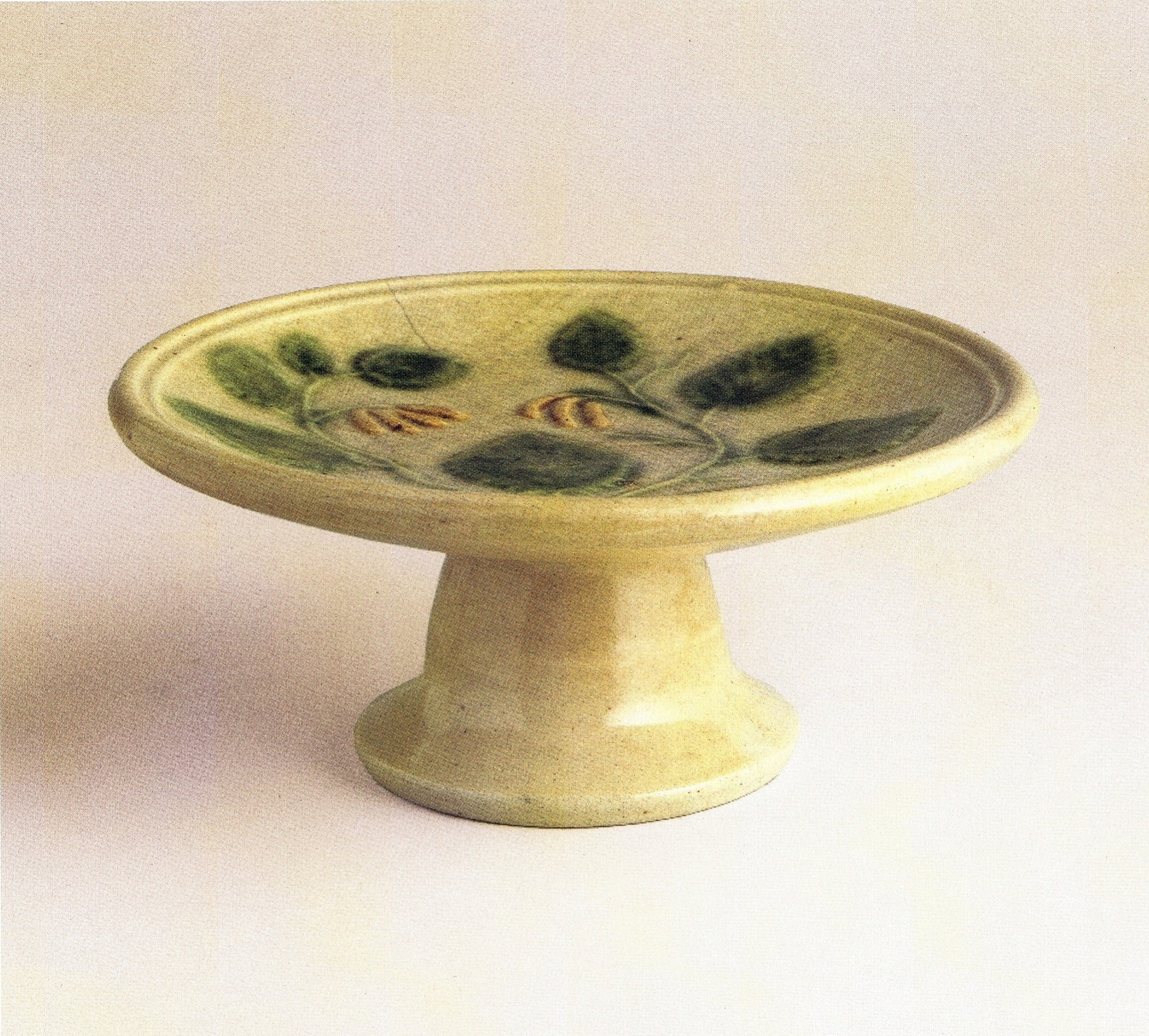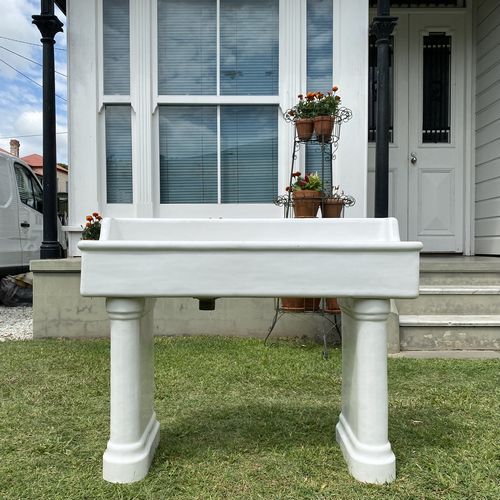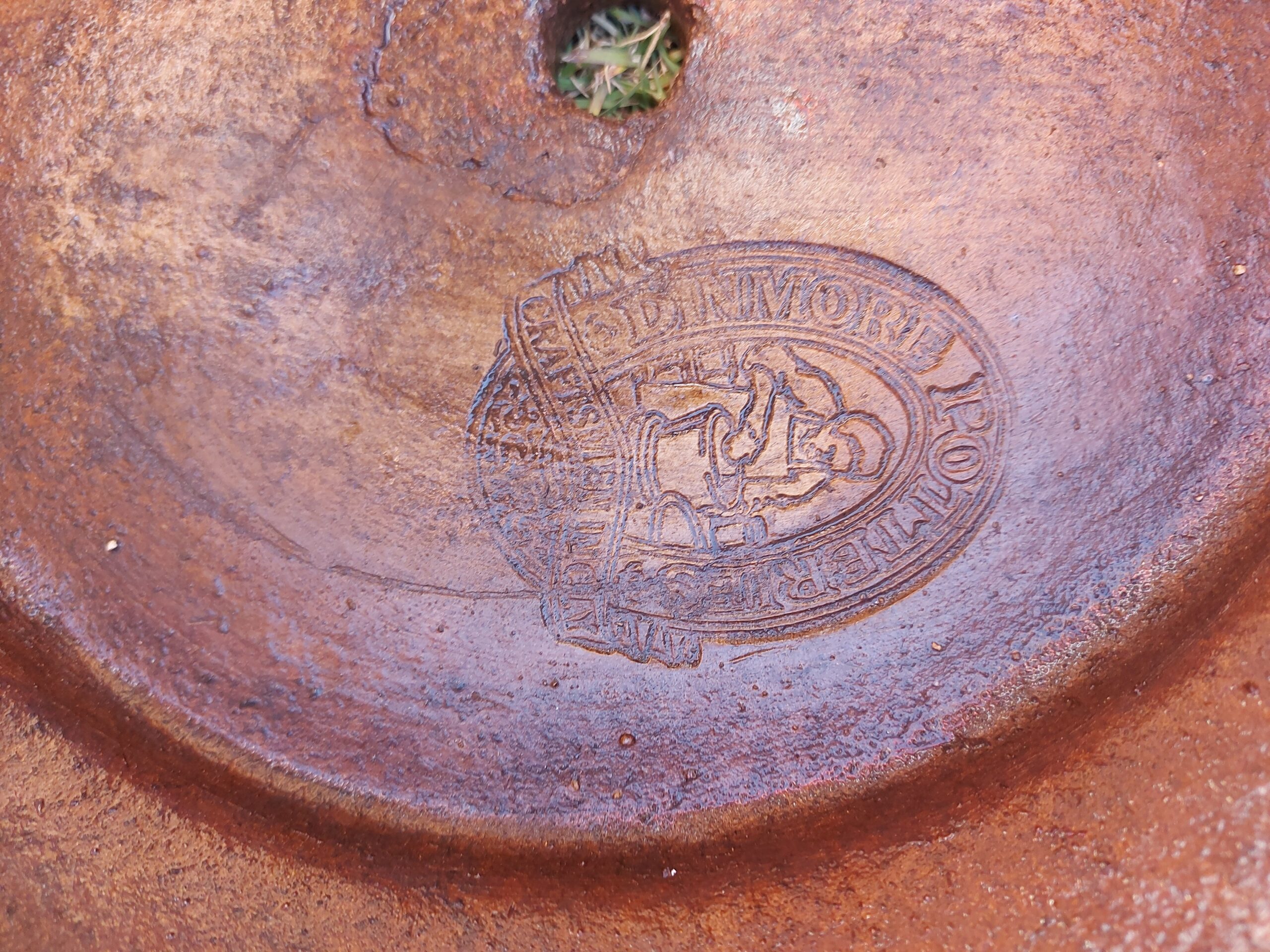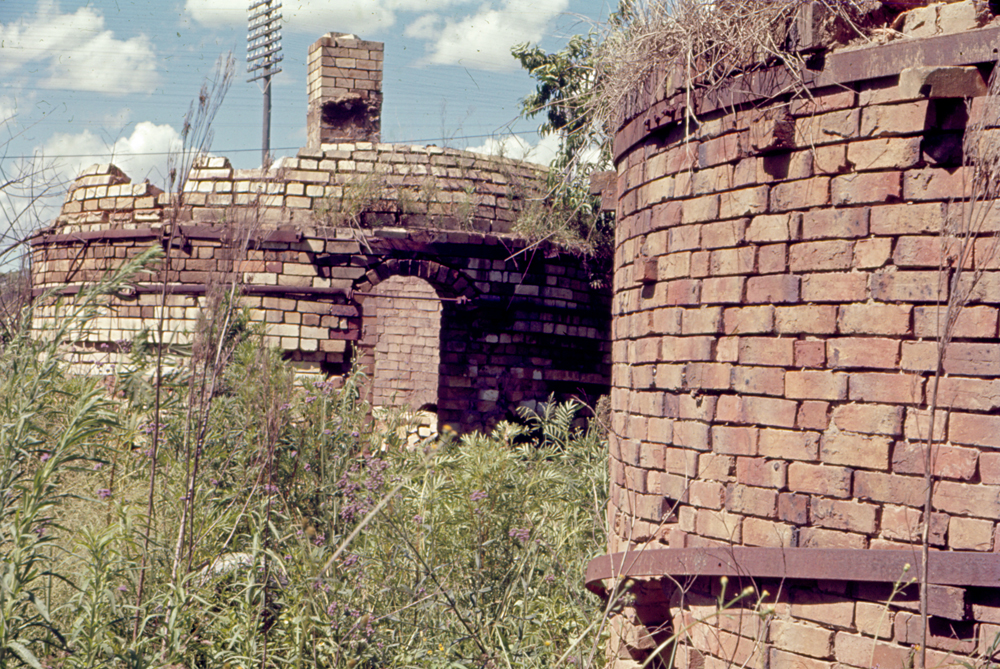Dinmore Pottery
"Dinmore Brick & Tile Co.", "Dinmore Brick & Tile Co.Ltd", "Reliance and Dinmore Potteries, Bognuda, Hudson & Co.",
"Dinmore Pottery & Pipe Works Pty Ltd", "Dinmore Pottery Pty Ltd"
TIMELINE
1884: Dinmore Brick & Tile Company established by W.T.Fauset, T.F.Fauset & H.C.Thompson on 80 acres of land at Dinmore.
1888: Attempted to sell company
1889: Temporally closed due to Depression.
1899: Production recommenced.
1916: Works closed again.
1916: Site purchased by Reliance Pottery
Trading name: ‘Reliance and Dinmore Potteries, Bognuda, Hudson & Co.’
1920: Partnership dissolved; new trading name: ‘M. Bognuda & Sons’.
Late 1920s: Became a limited company: ‘Dinmore Pottery Pty Ltd’.
1975: Pottery closed due to competition from cheaper imports.
Dinmore Pottery (Gilson & Rumble)
NOTE: This appears to be a separate business even though it was located on the same road as Dinmore Pottery and was taken over by Reliance at the same time.
———-
TIMELINE
1894: James Gilson established a small pottery , Pottery Road Dinmore
1895: James Rumble joined Gilson in a partnership
Traded under ‘Gilson & Rumble, Dinmore Pottery’
1907: Gilson left and moved to Kleinton to continue making pottery
Now trading as ‘Dinmore Pottery. J.A.Rumble Proprietor’
1916: Purchased by Reliance Pottery
History
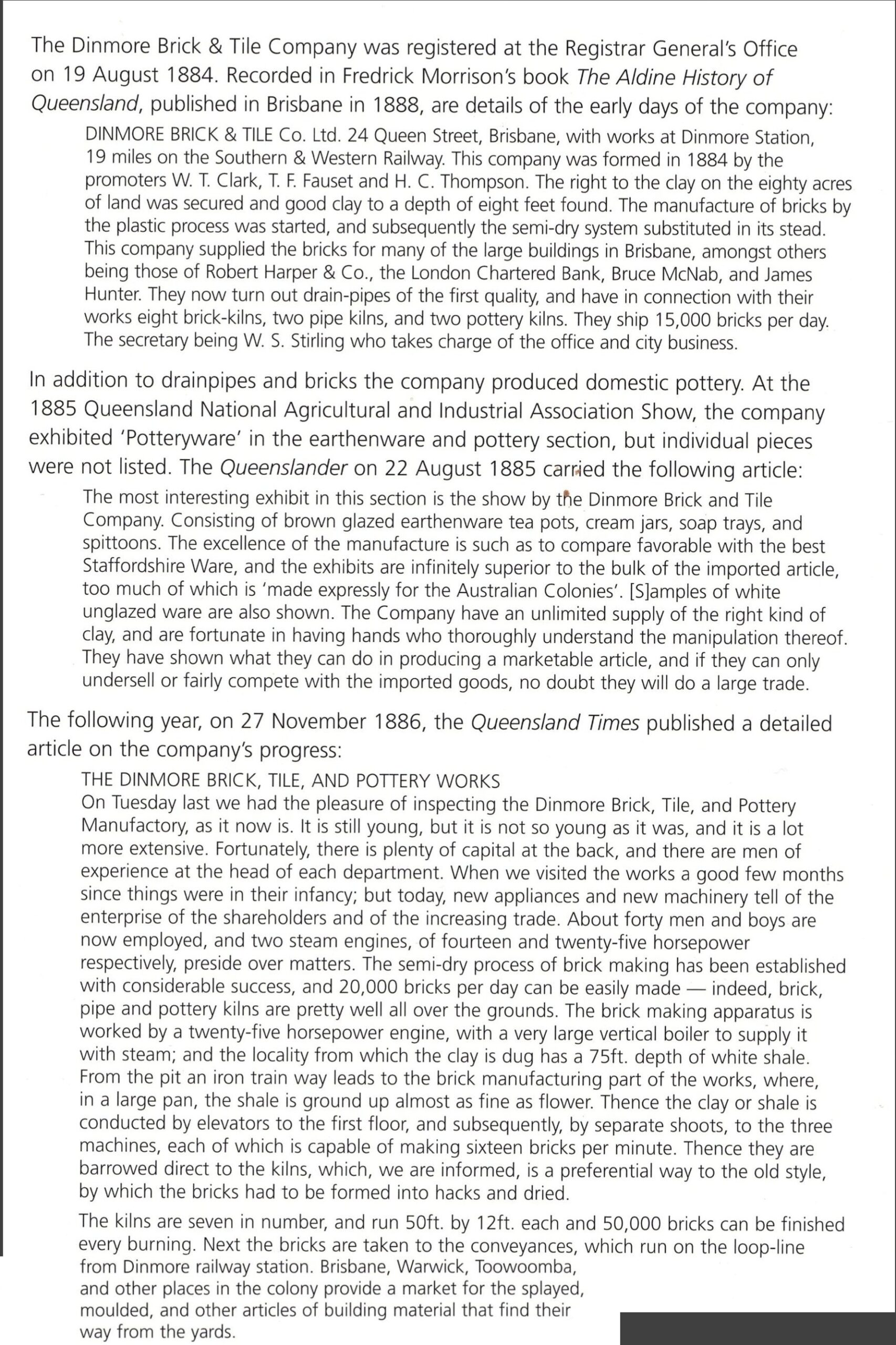
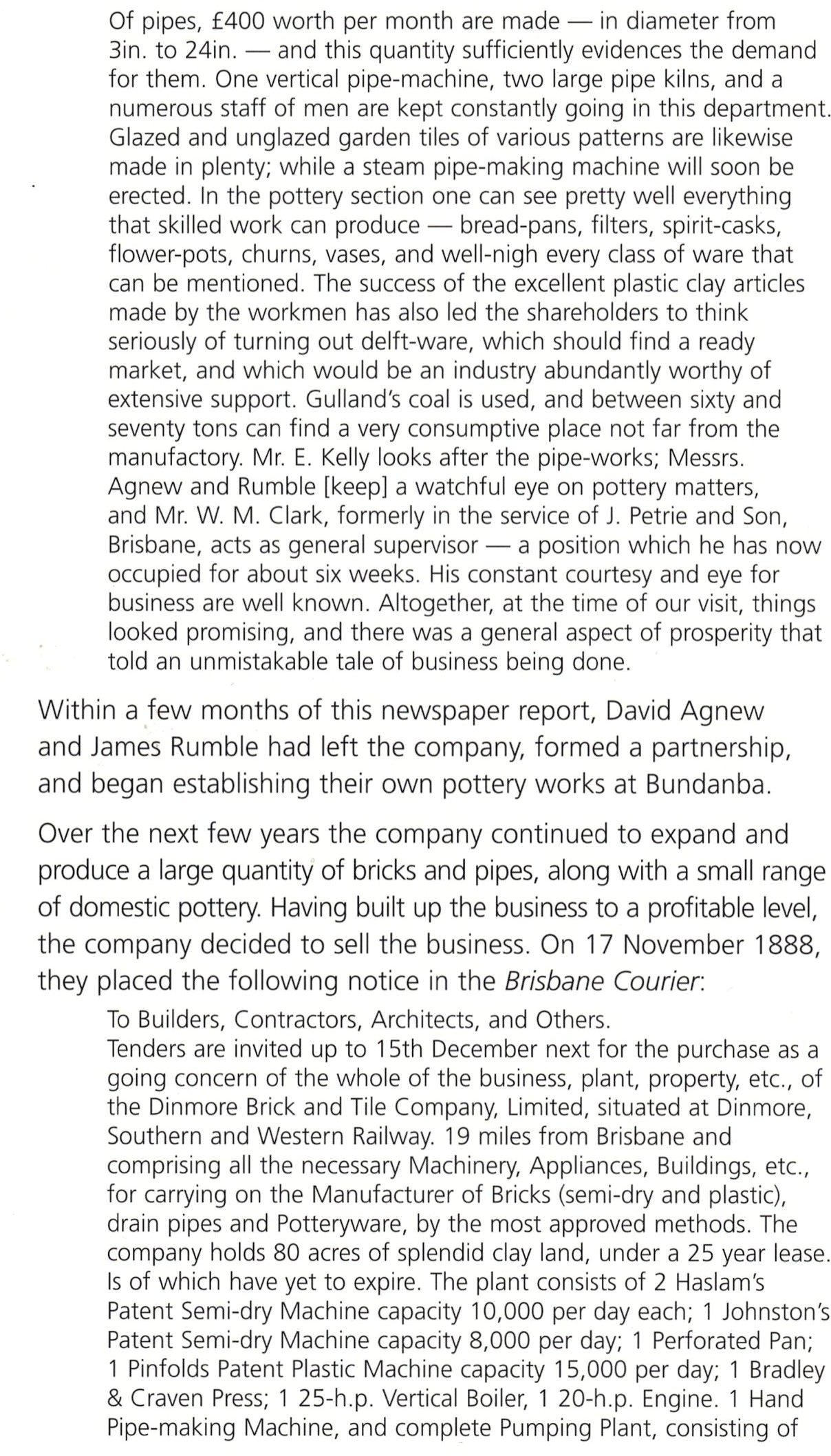

Further Background from Betty Bork
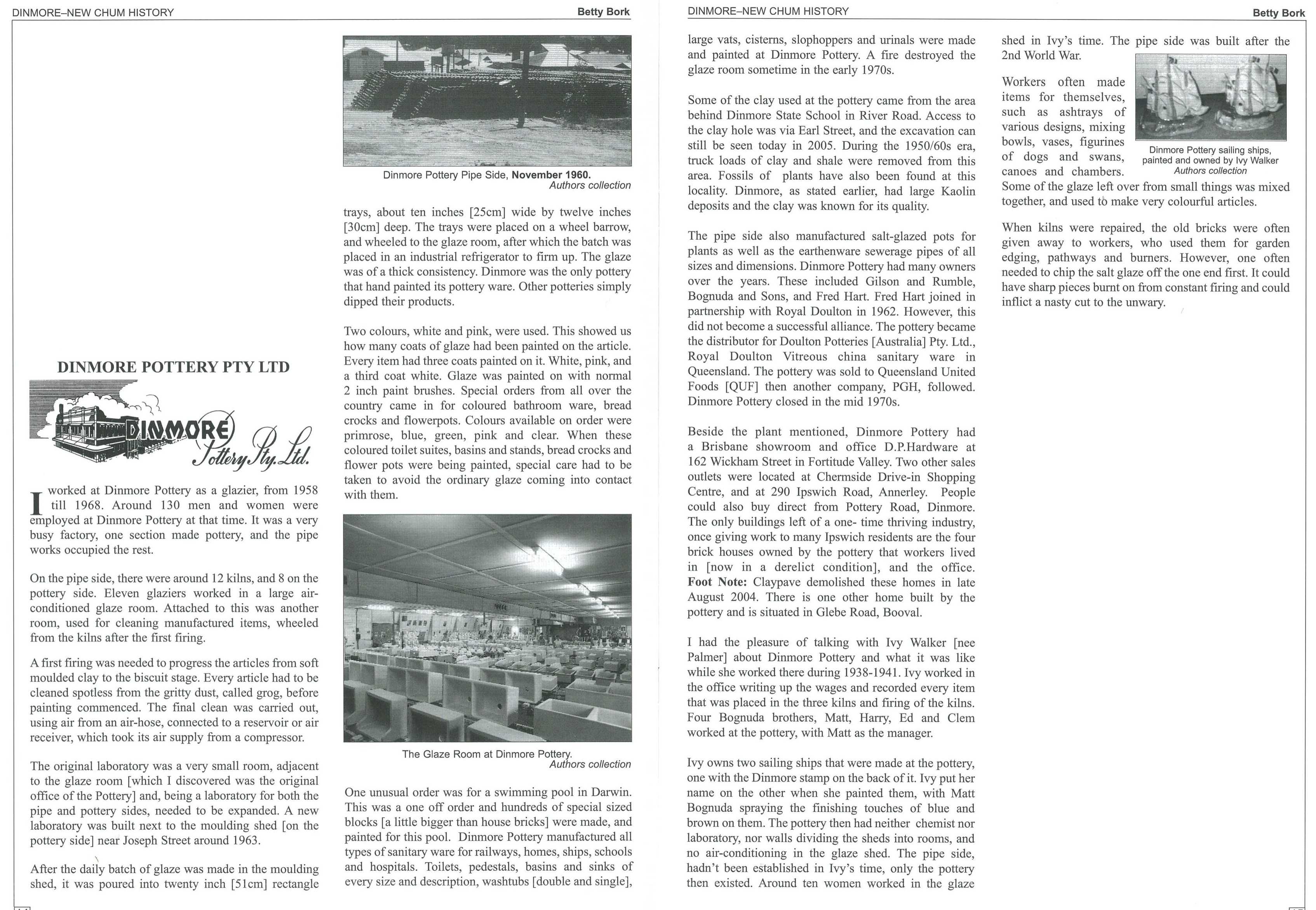
Over The Years
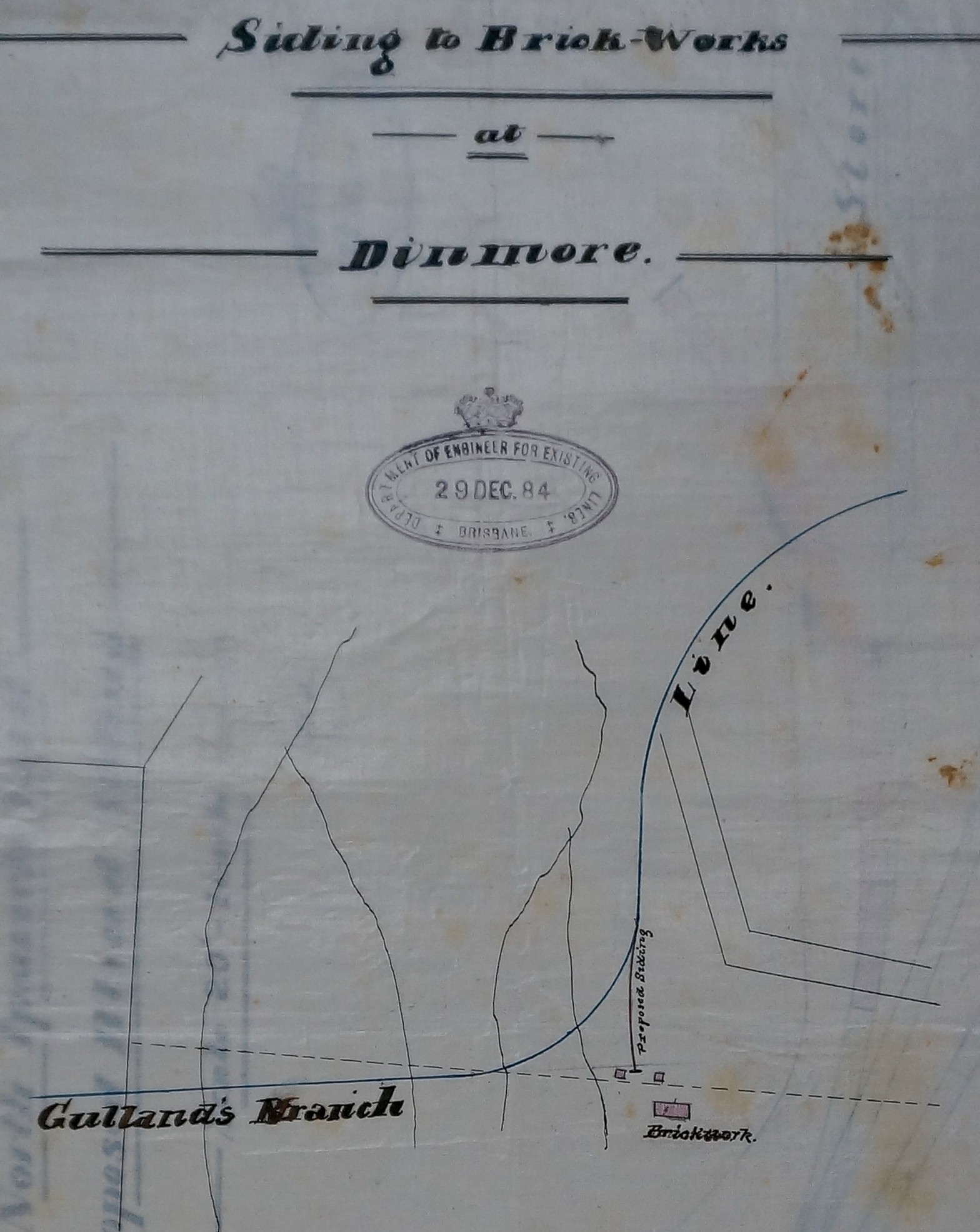
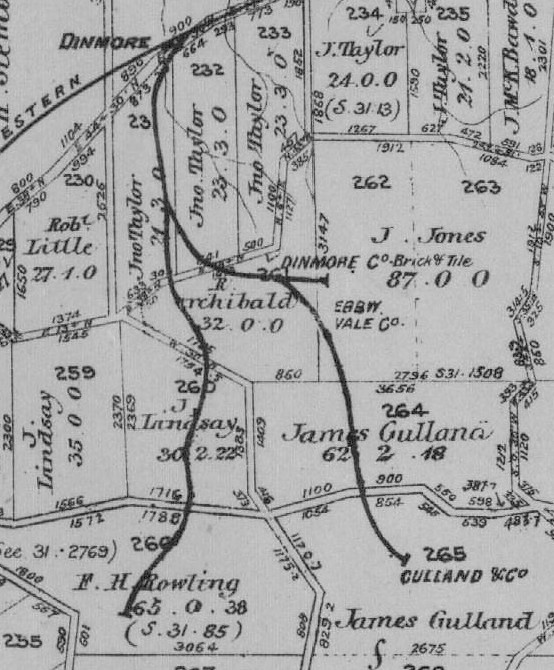
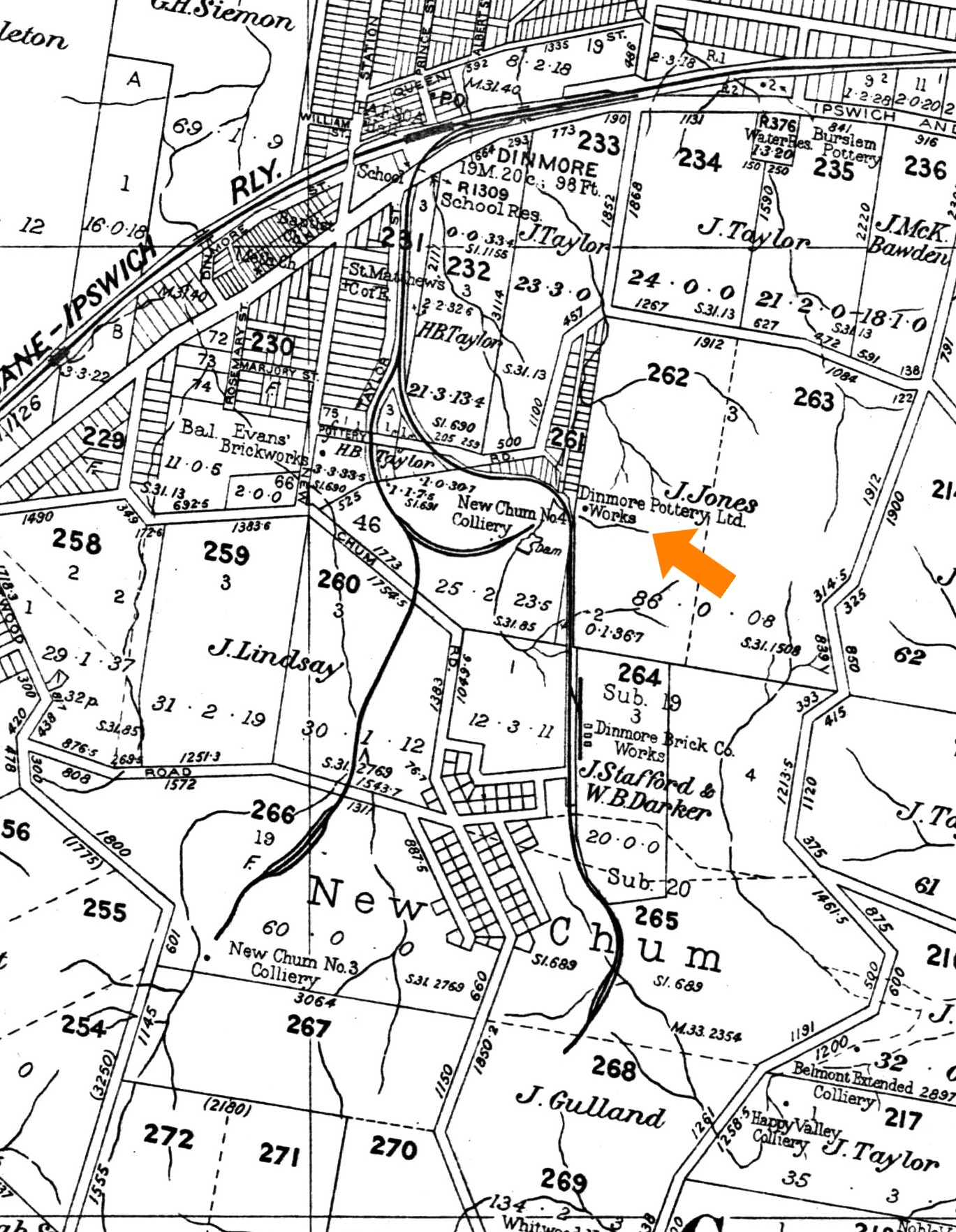
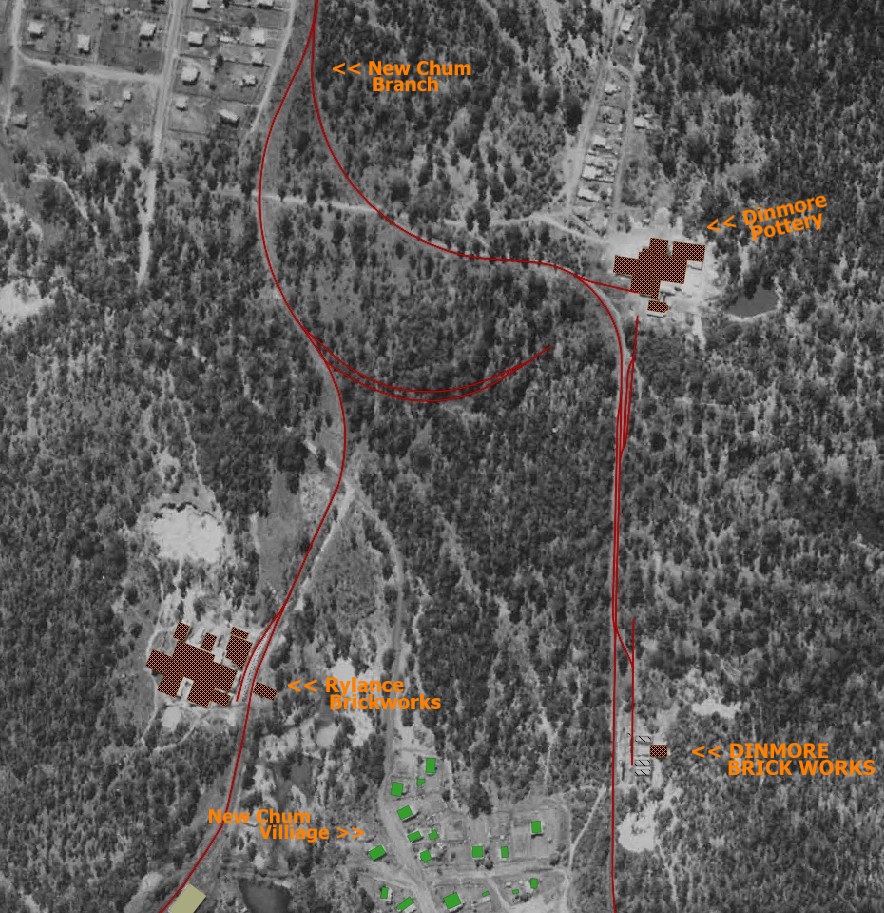


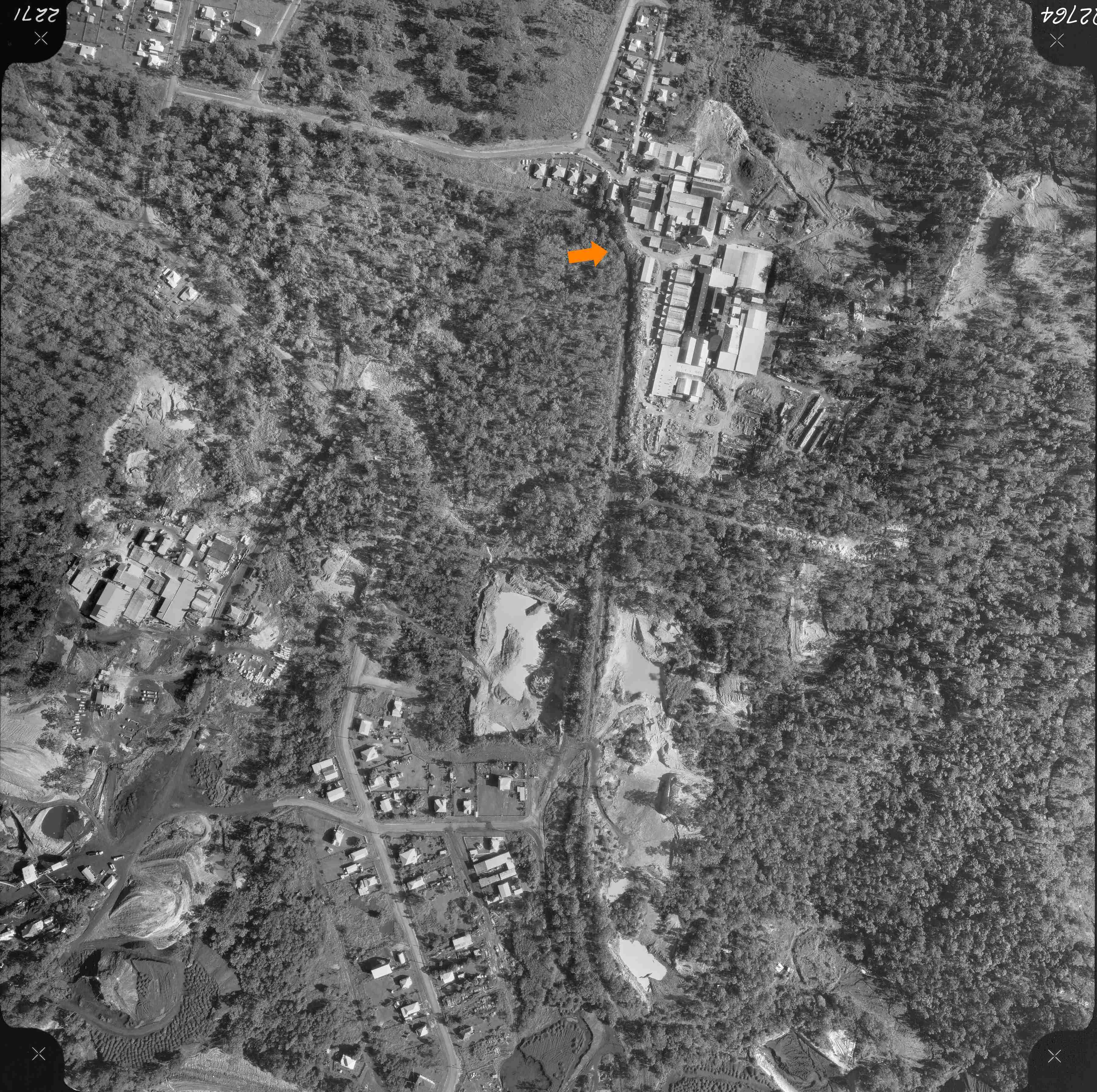


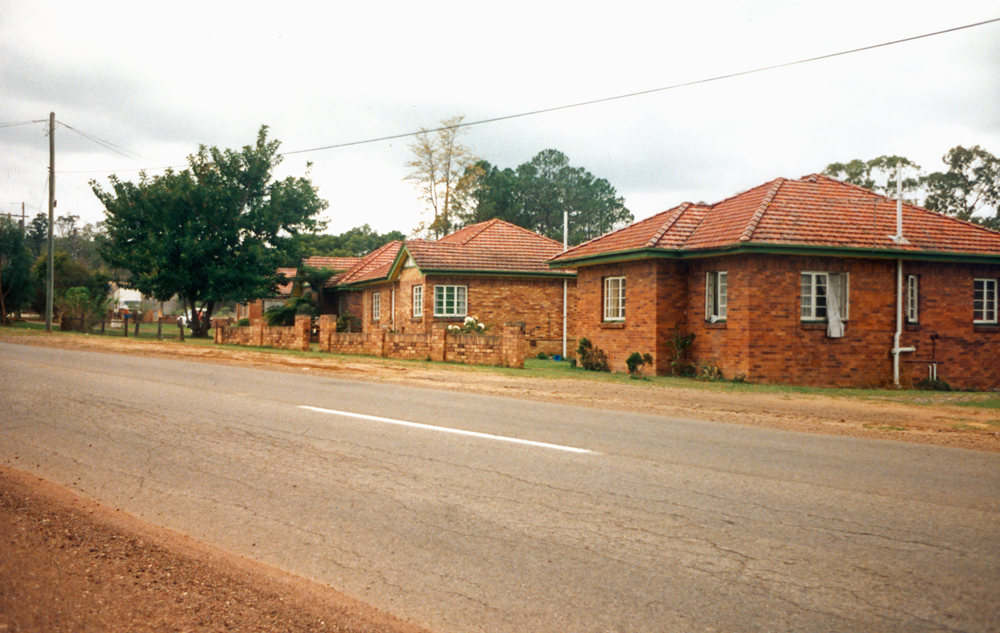
The black and white photos below were all taken by Richard Stringer in 1984 after the closure of the Pottery.
Source: State Library of Queensland
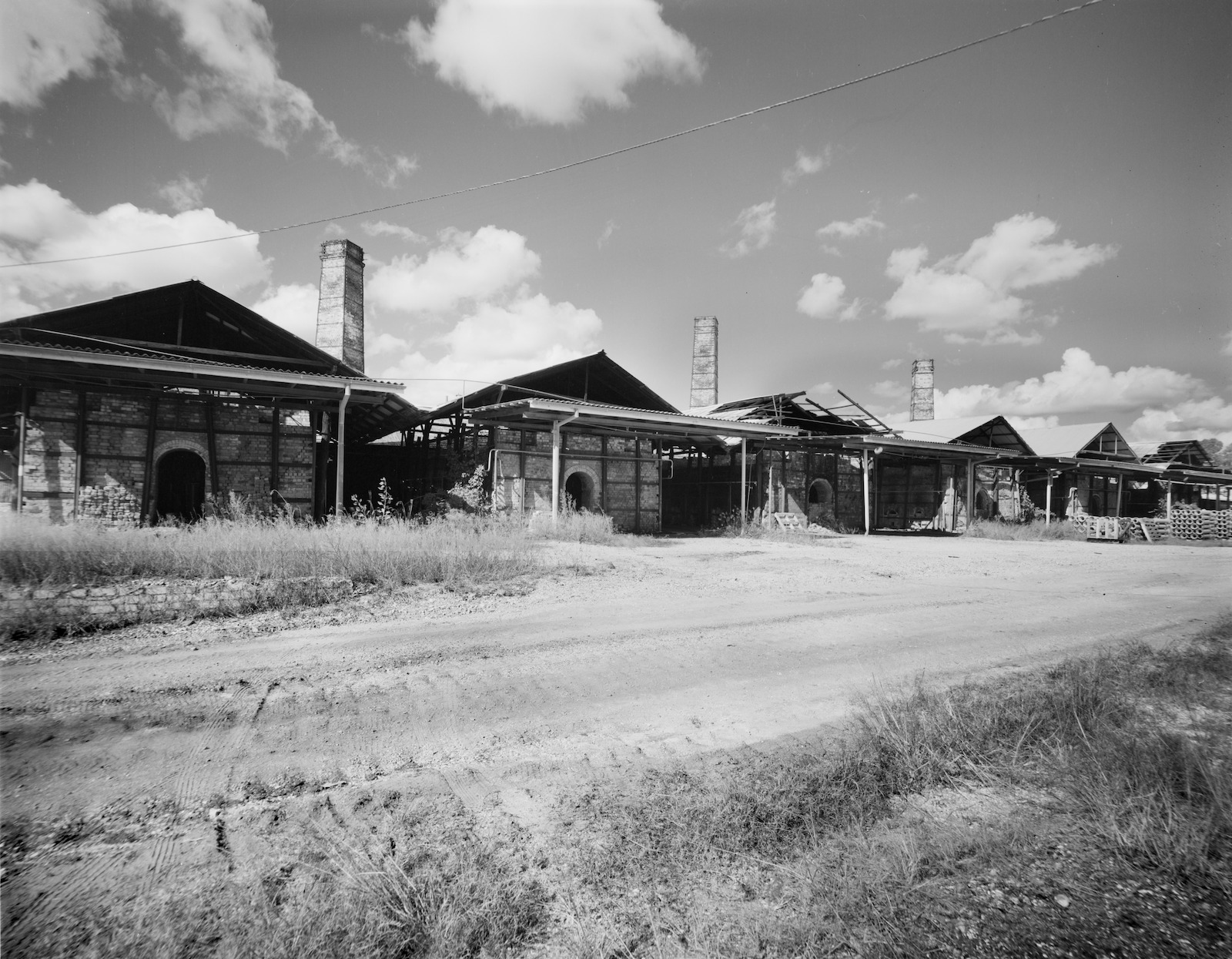
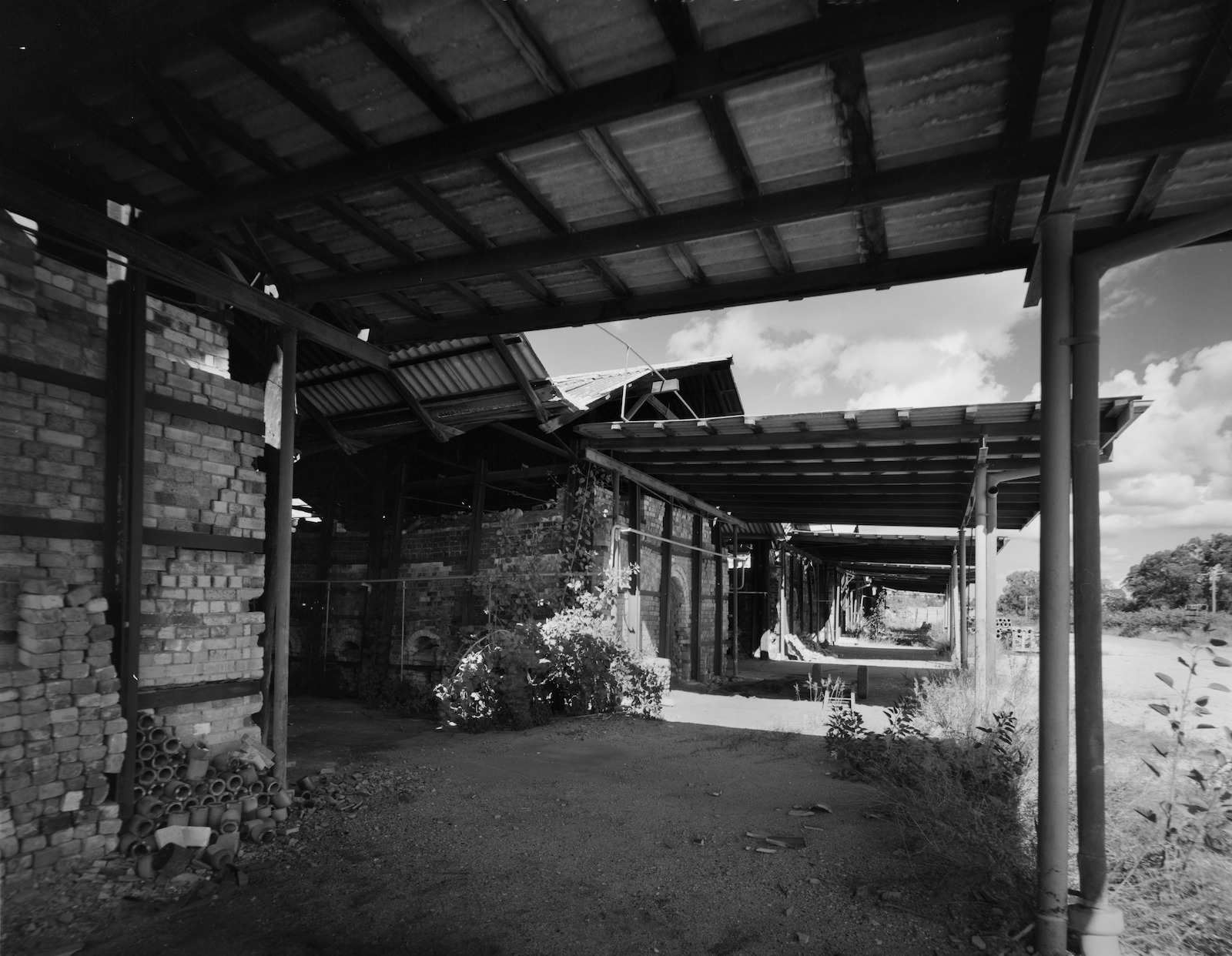

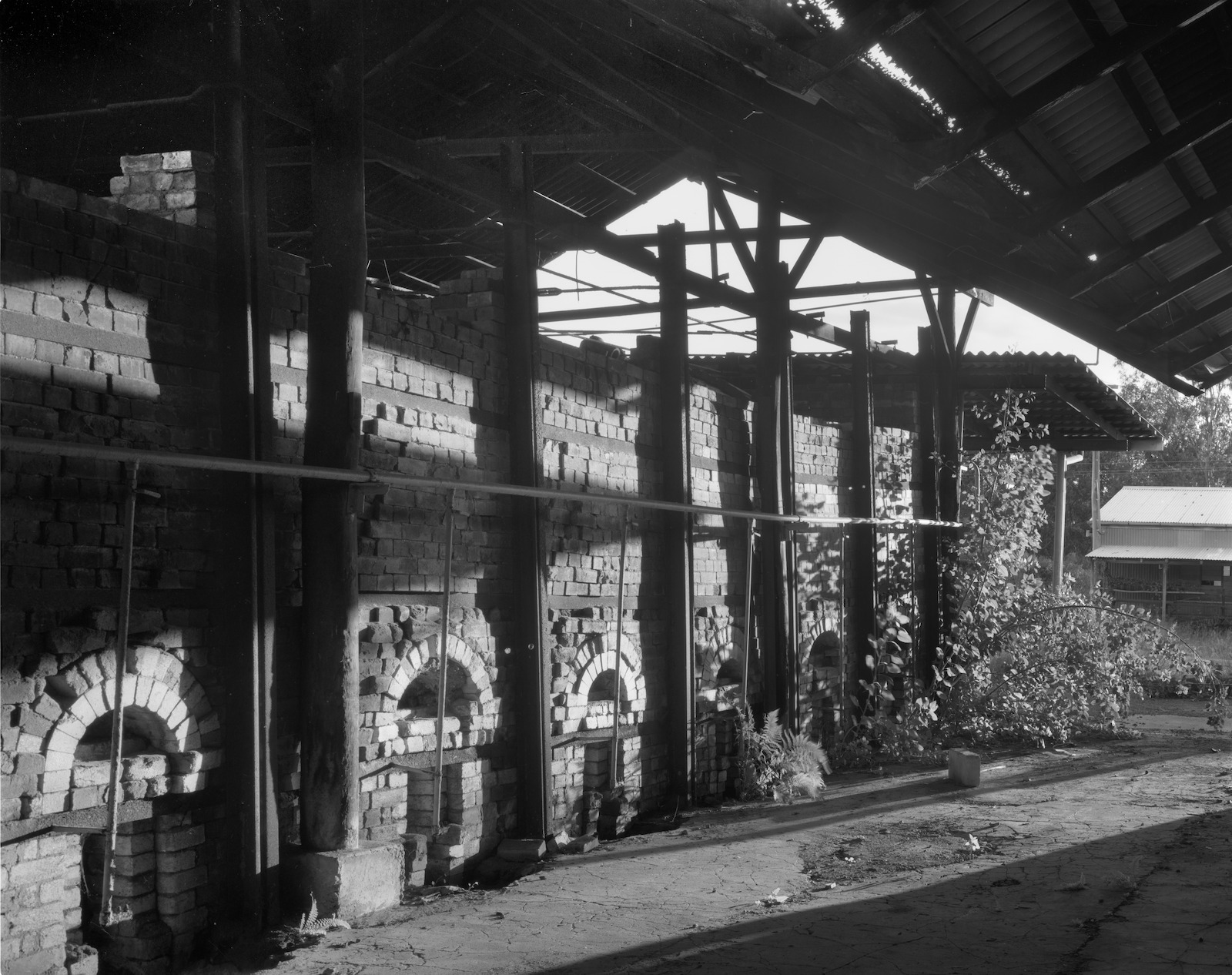
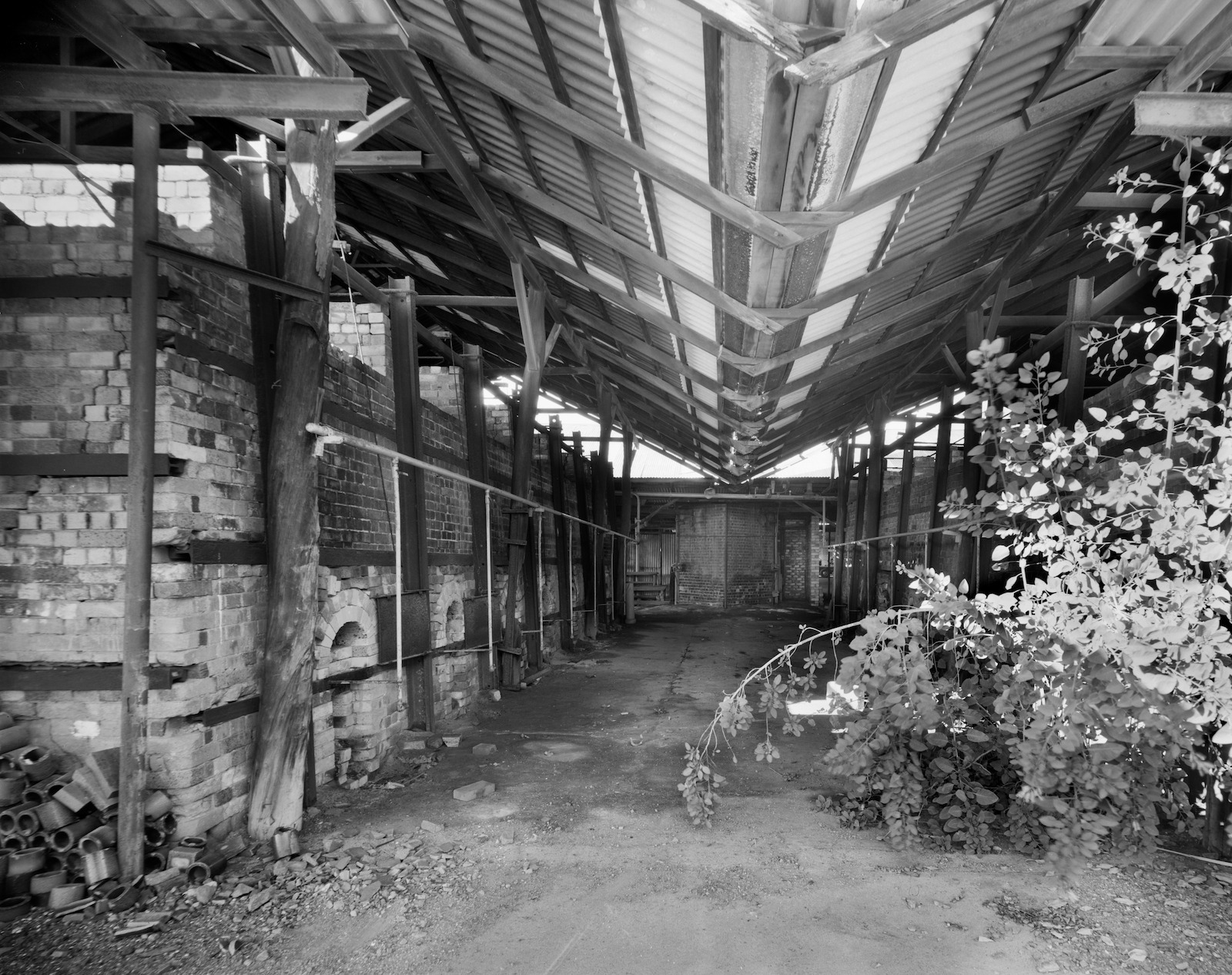

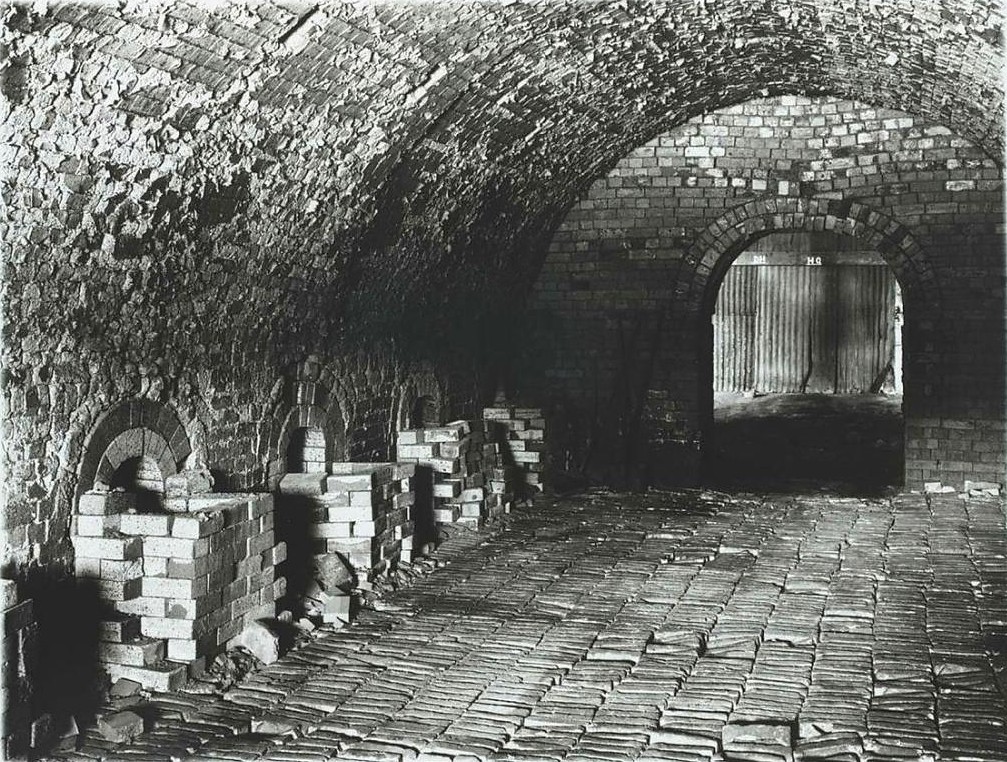
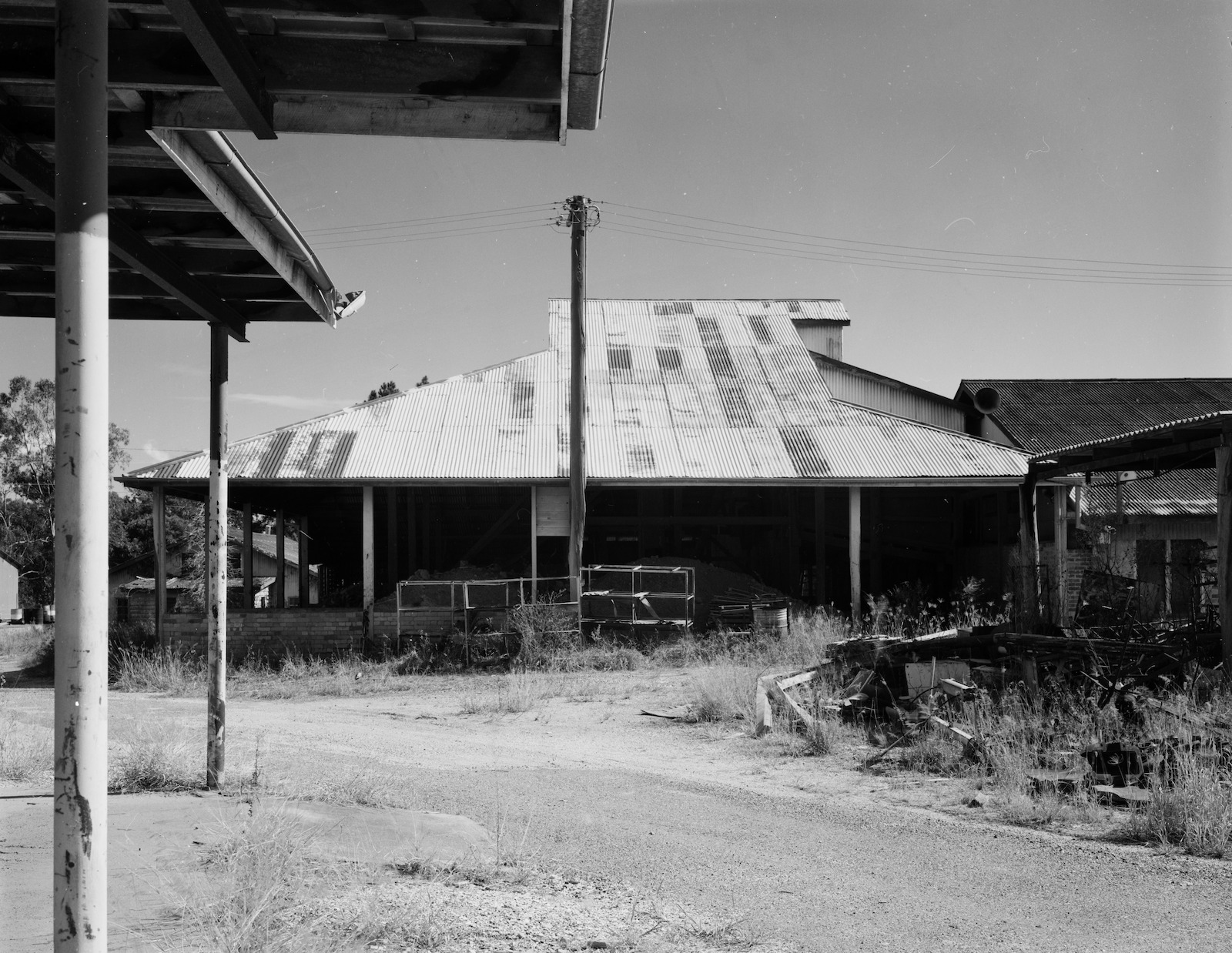
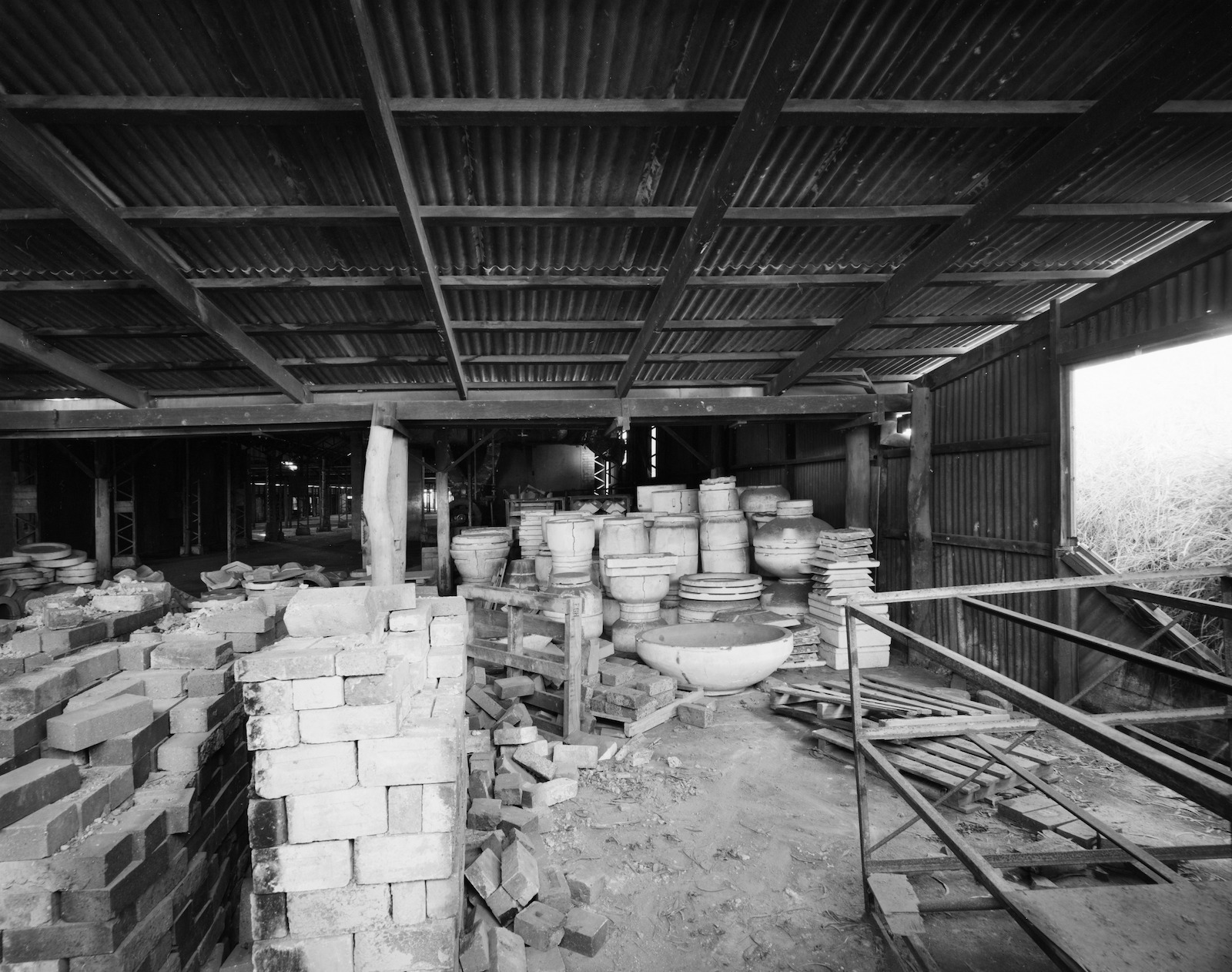
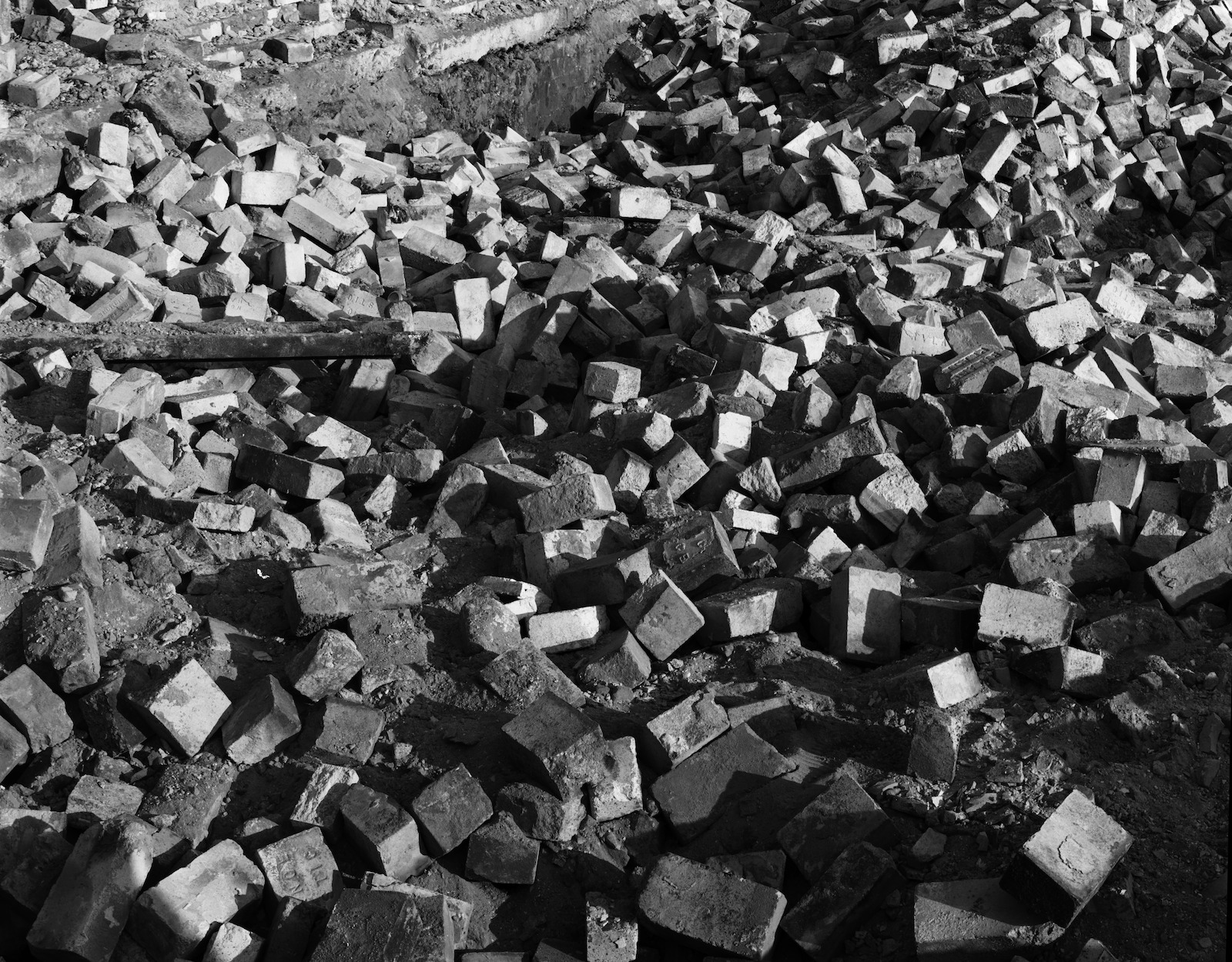
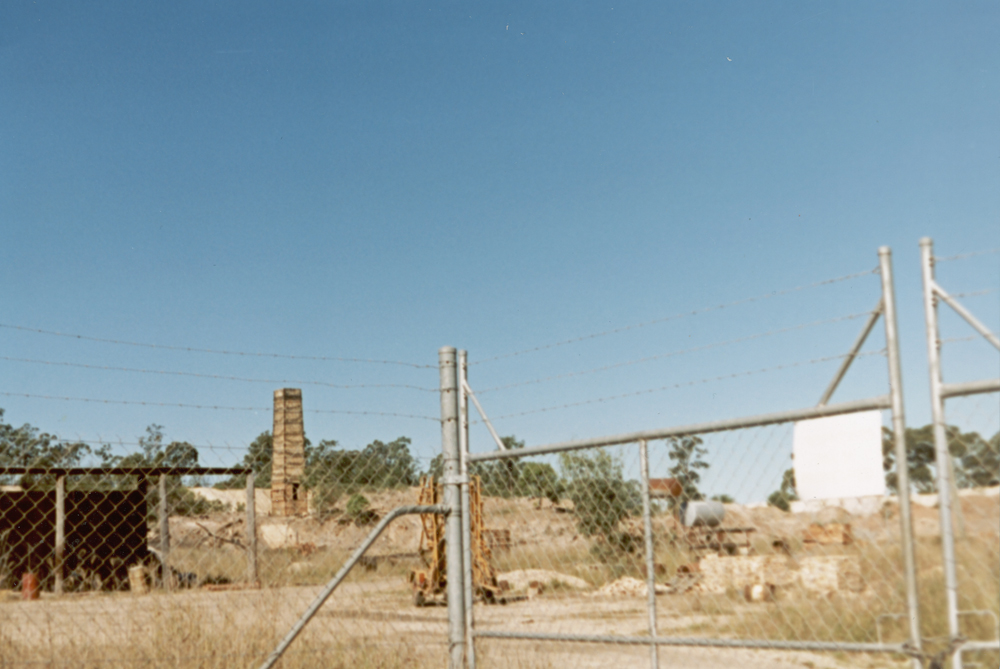
The Present Day






Bricks
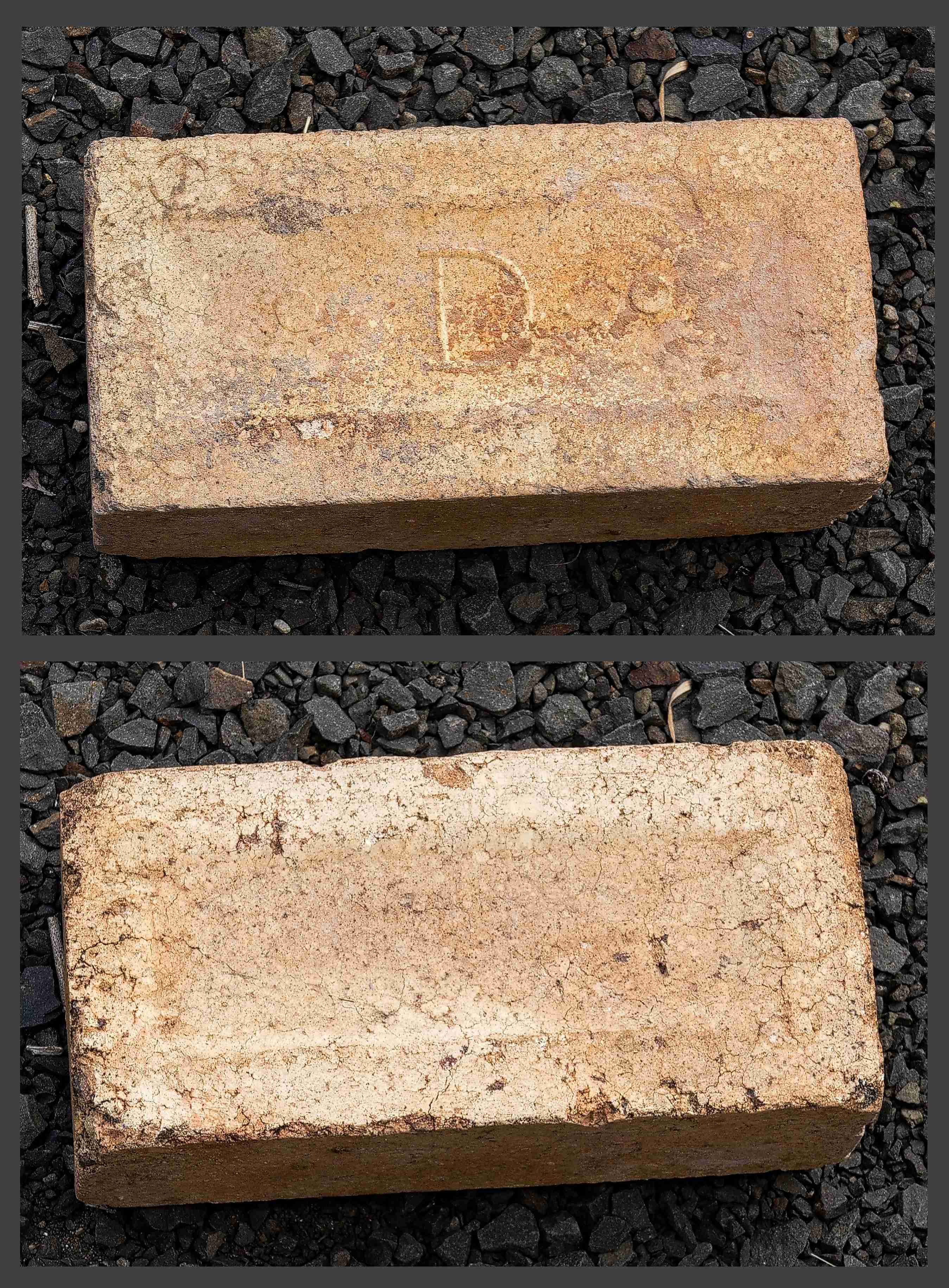
Description: Light-coloured brick. Some discolouring and specks. Screw marks each corner of brick.
Condition: Crumbling and fissures.
Type: House Brick
Frog: Large, rectangular, shallow, rounded frog with inscription. Similar frog on back without contents.
Inscription: “D” (raised, thin with small circles each end.
Origin: Old West Moreton Colliery site.
Current Location: My Collection.
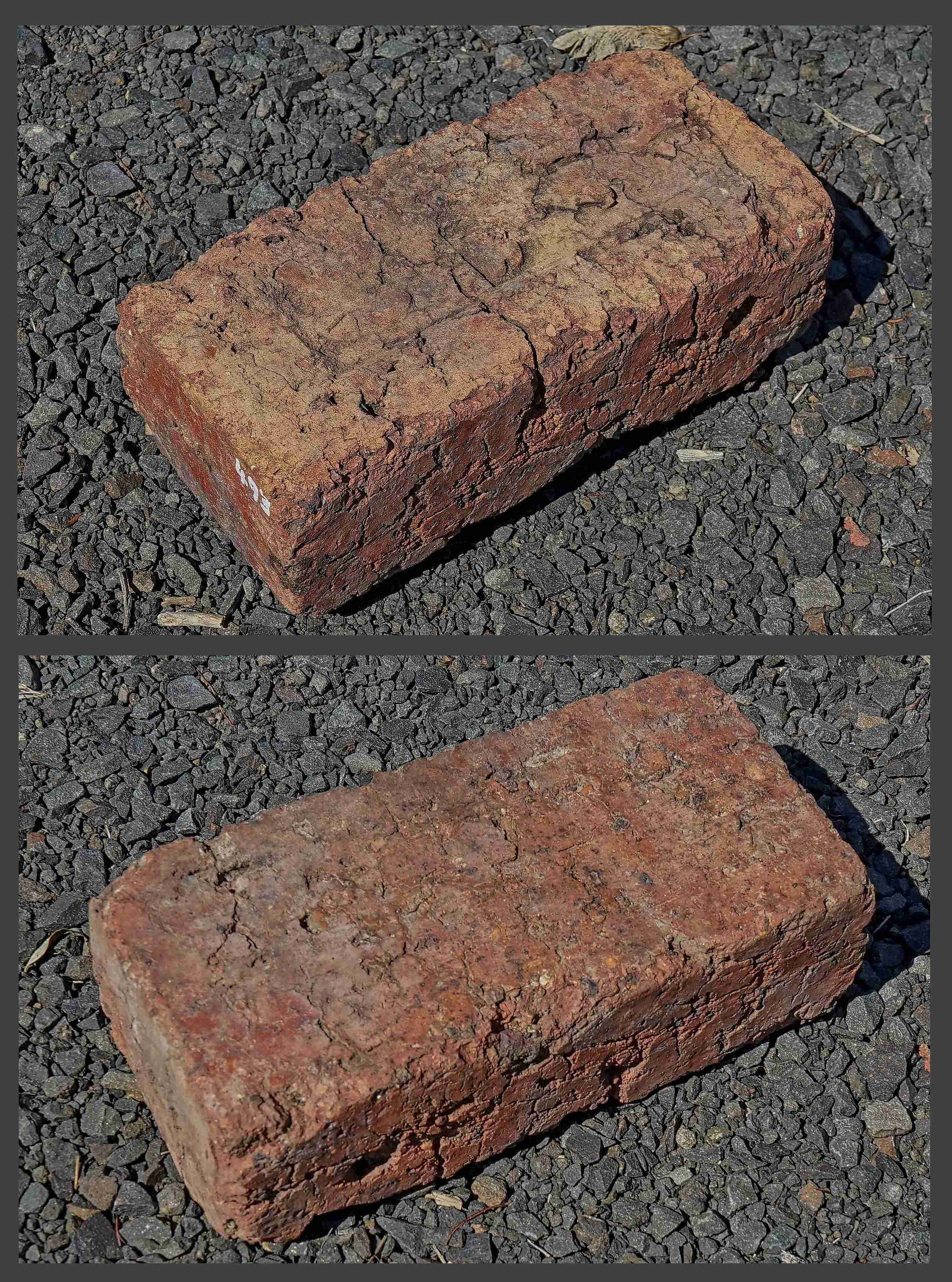
Description: Dark-orange brick
Condition: Very crumbled and many fissures.
Type: House Brick.
Frog: Shallow, flat frog with inscription and screw mark each end.
Inscription: “D” (broad indent).
Origin: On one of rubbish mounds; Dinmore Pottery site.
Current Location: My Collection.
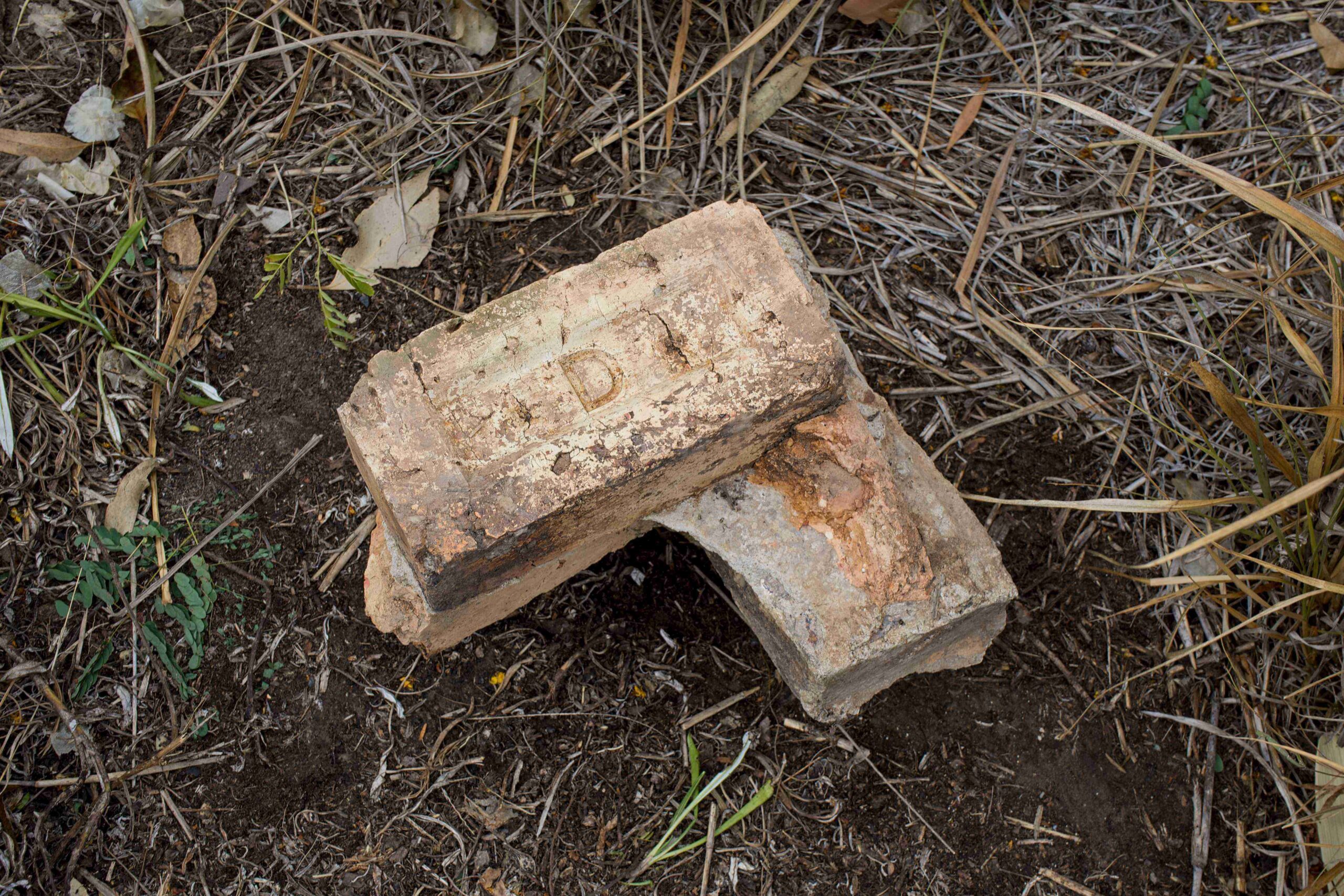
Other Bricks Found on the Site
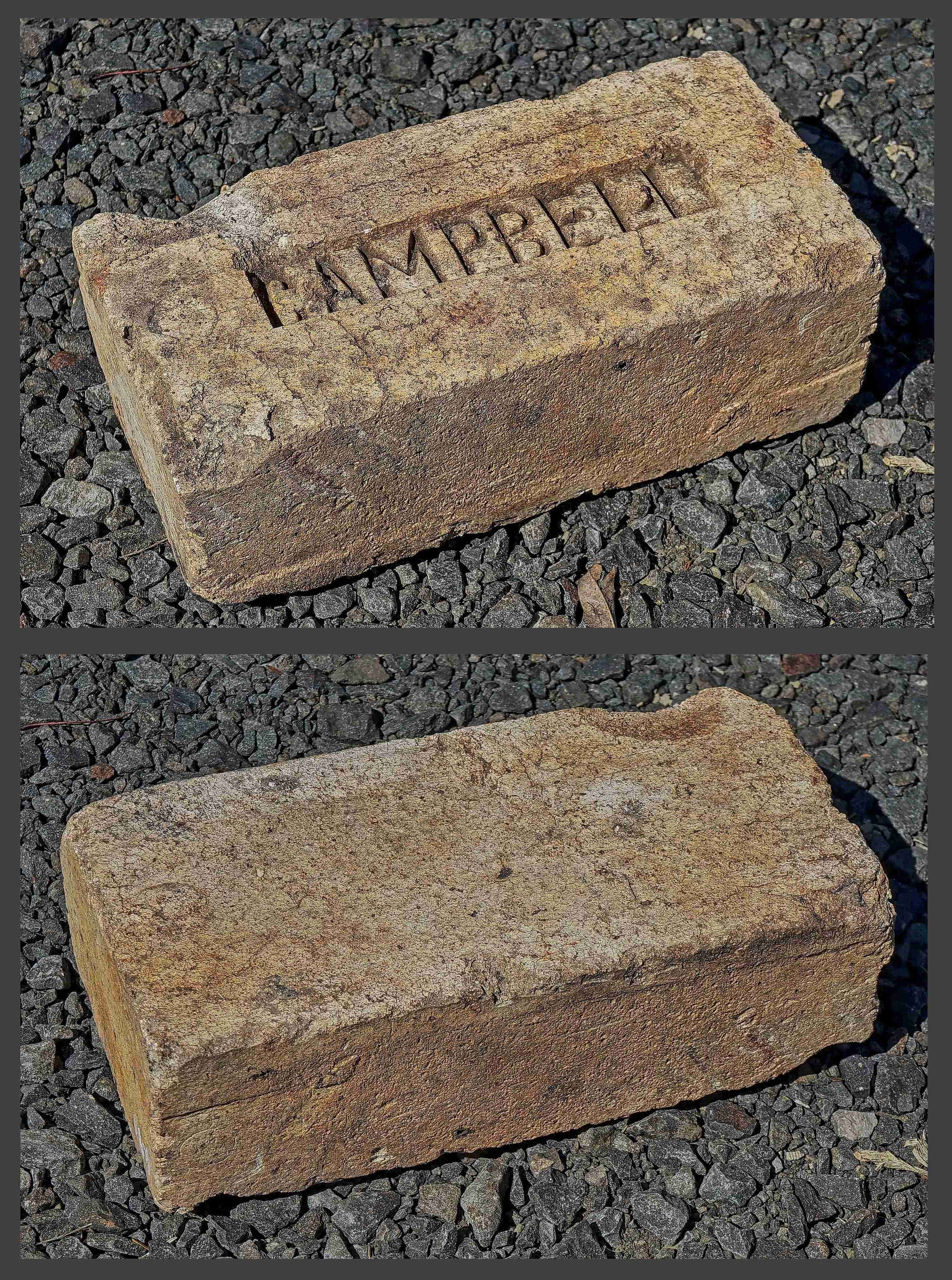



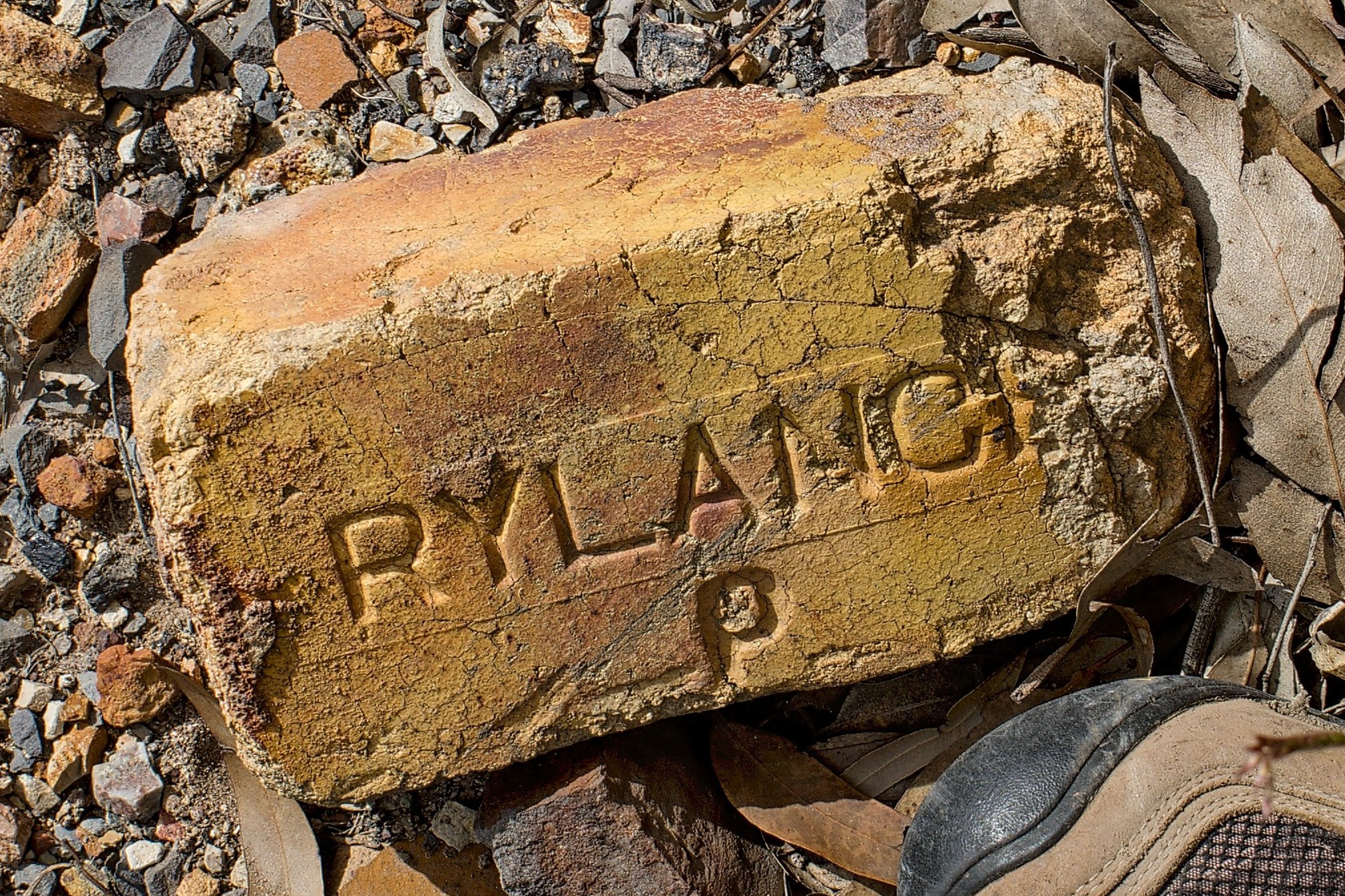


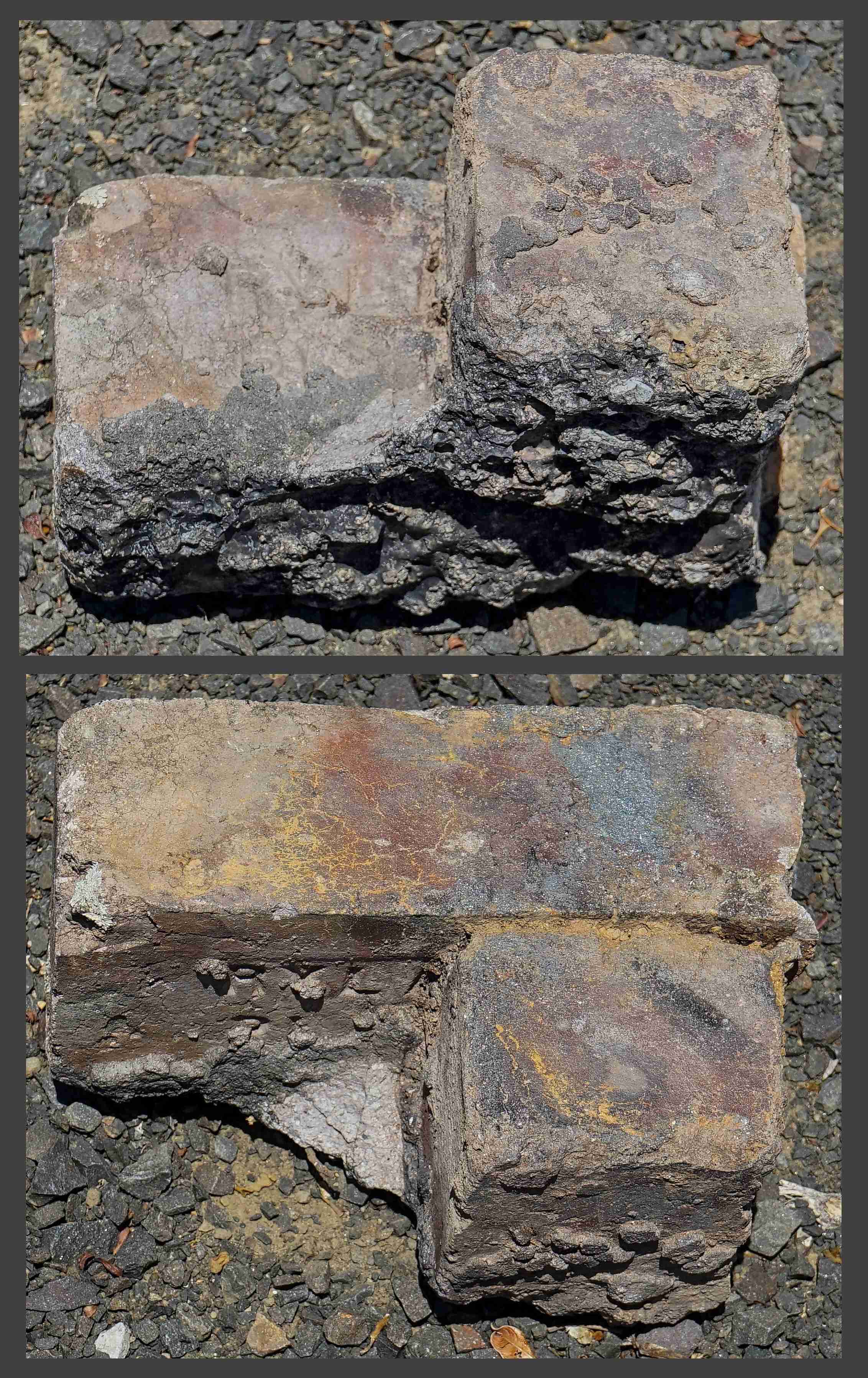
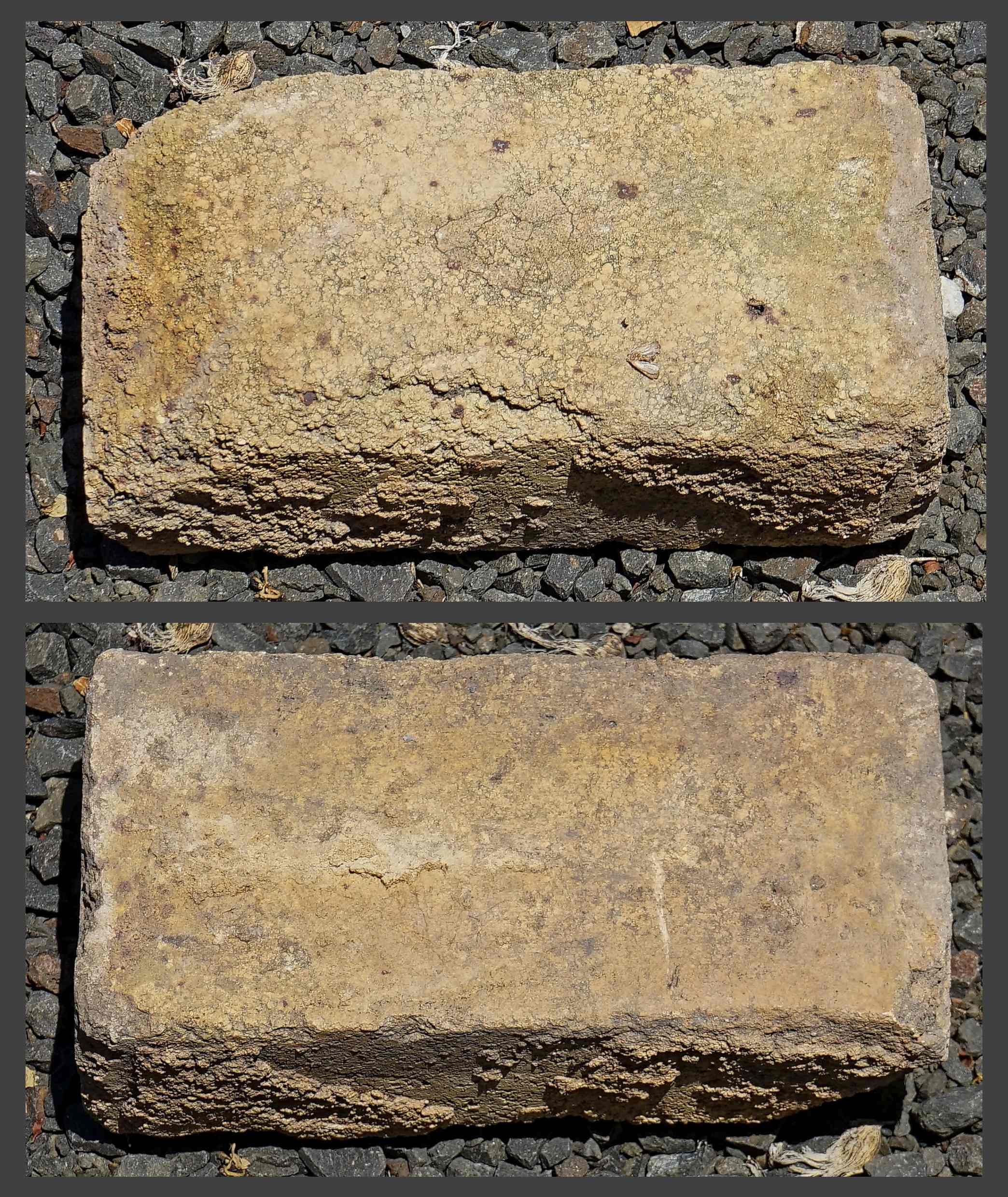
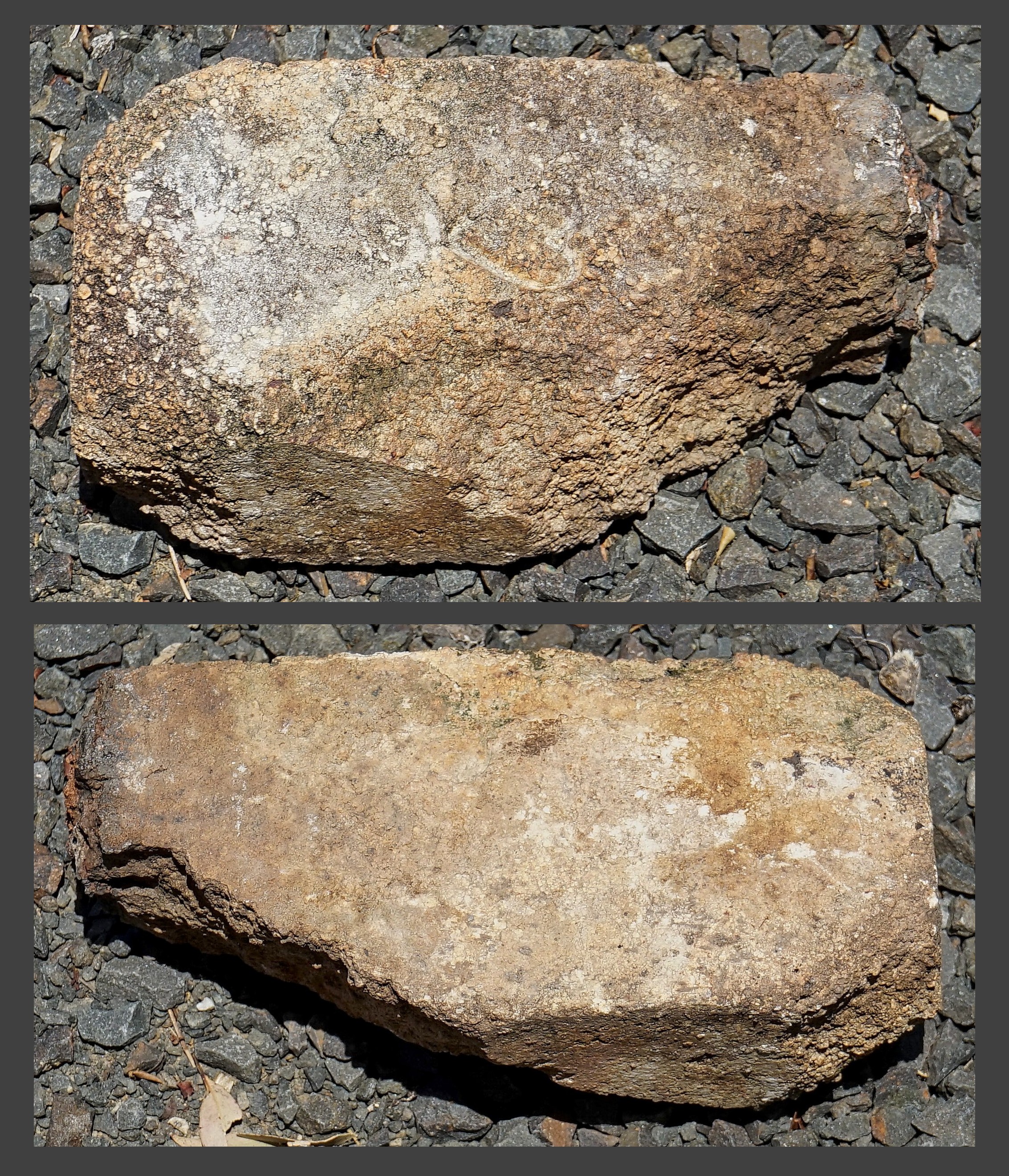

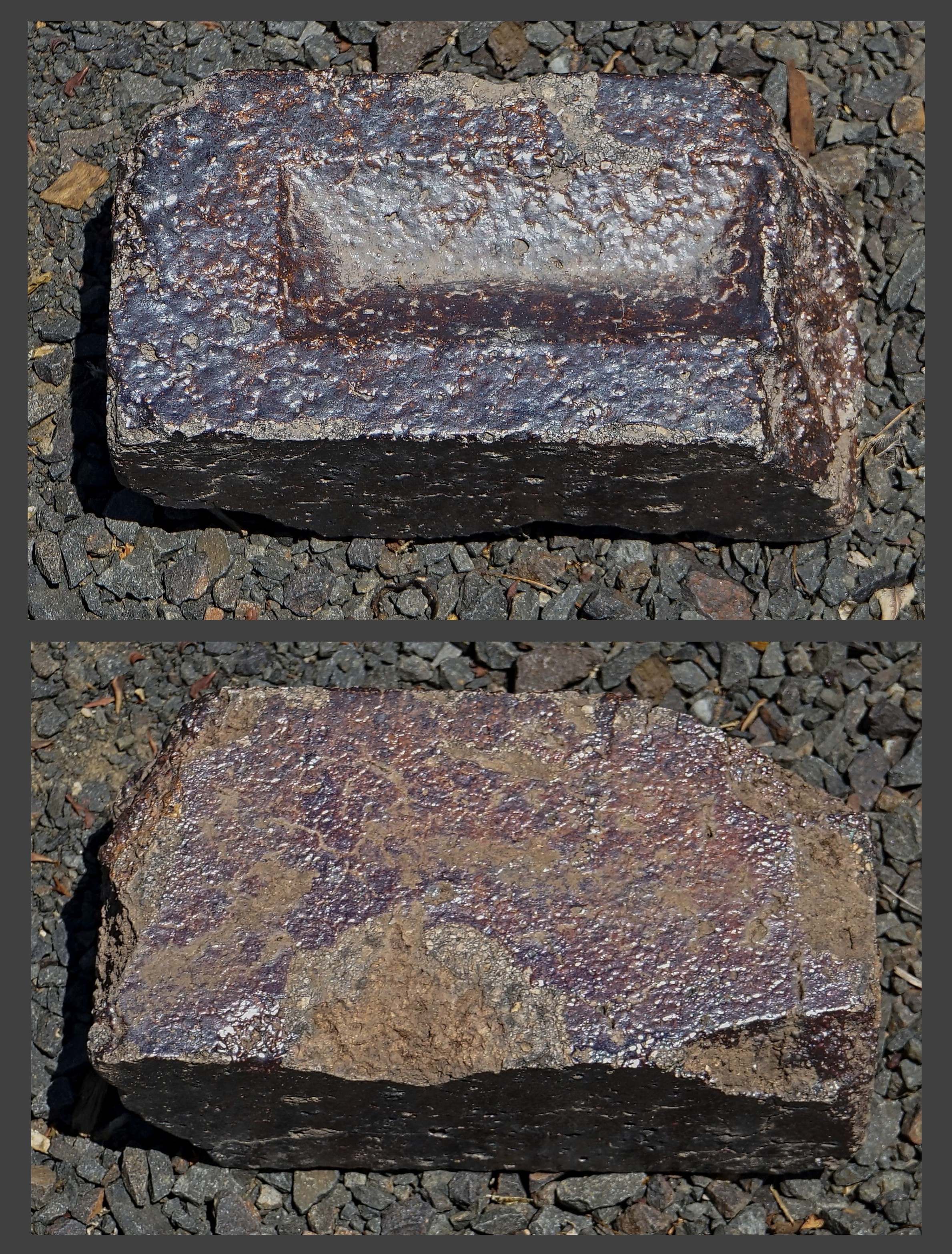
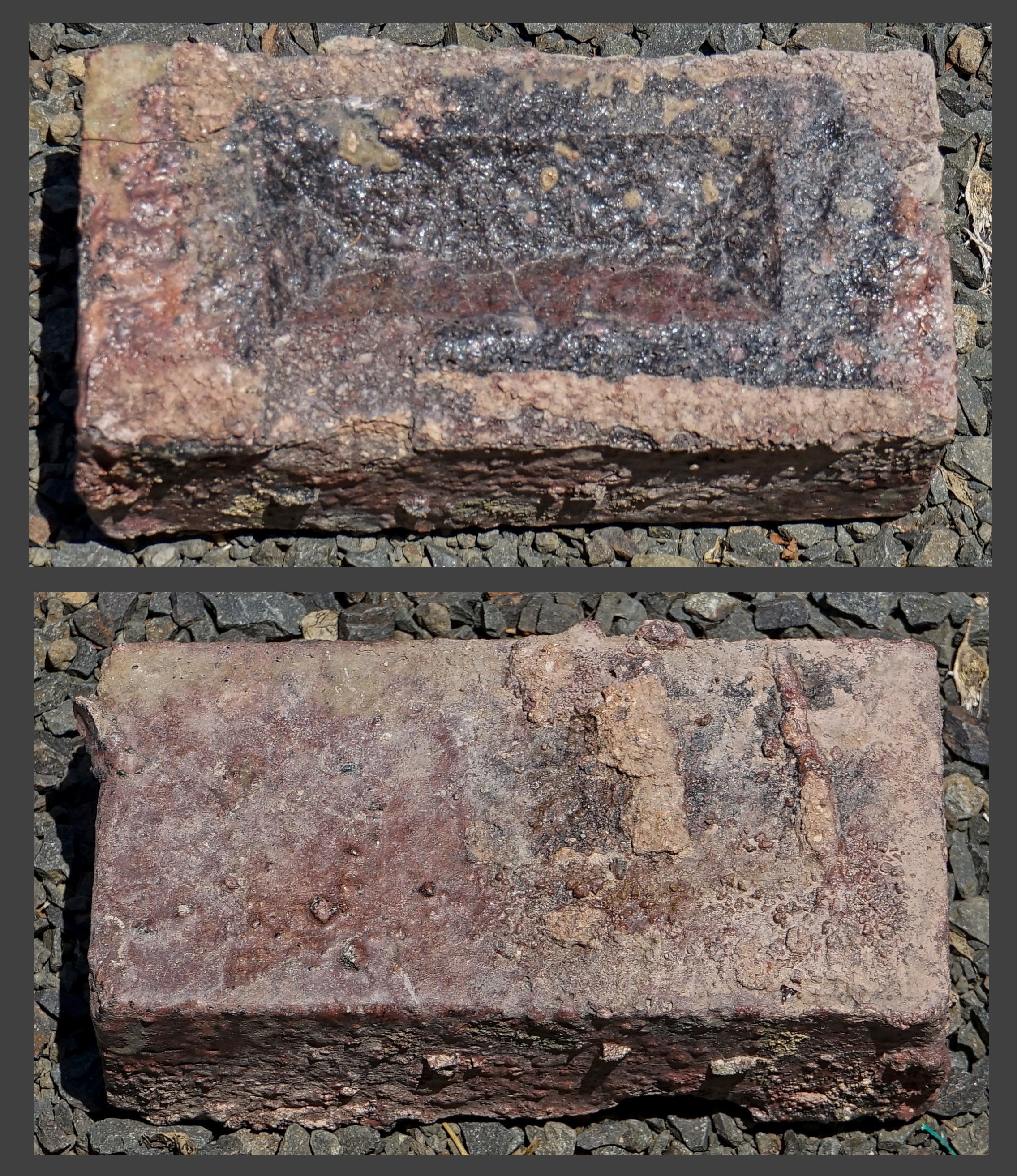
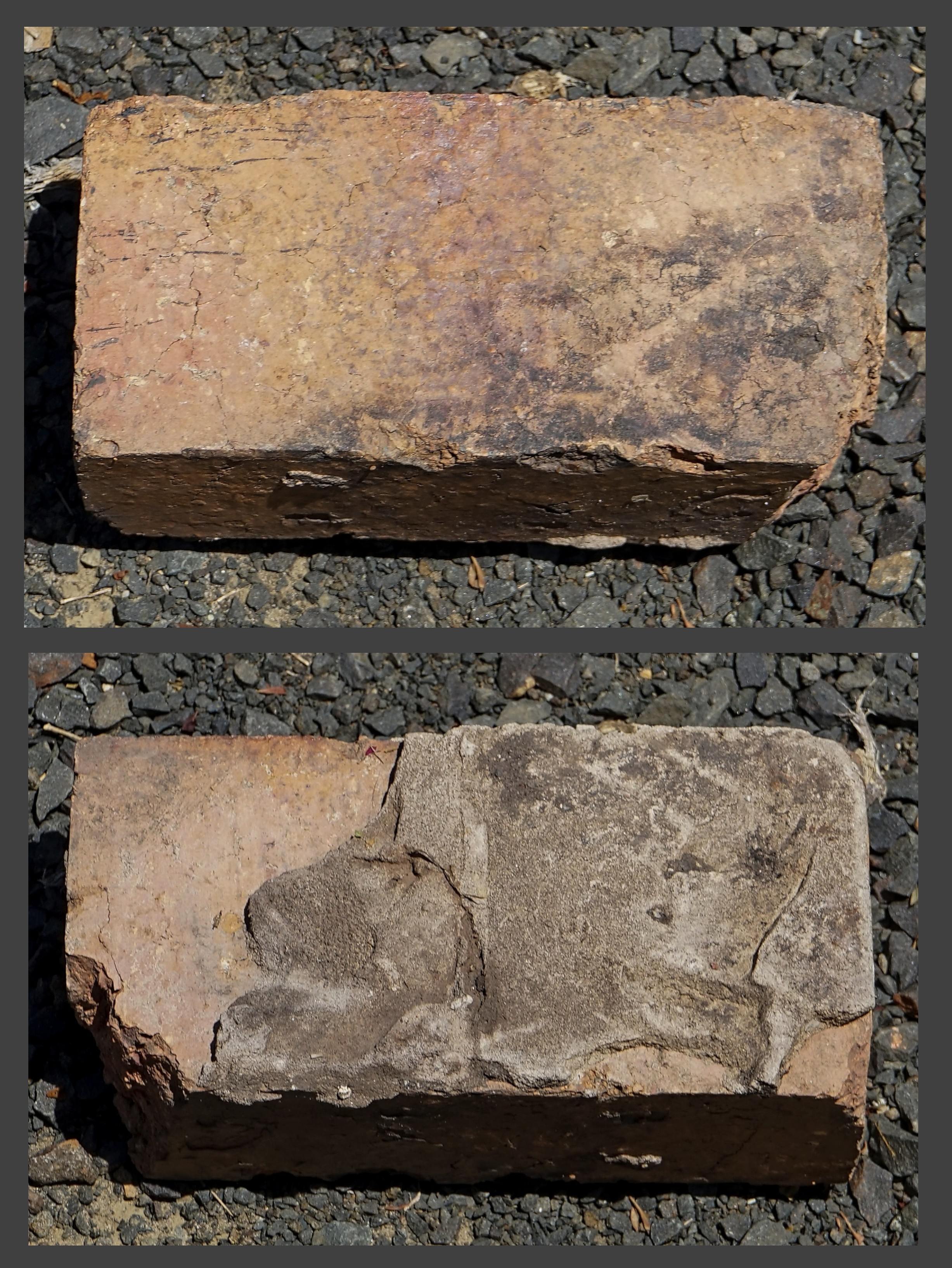


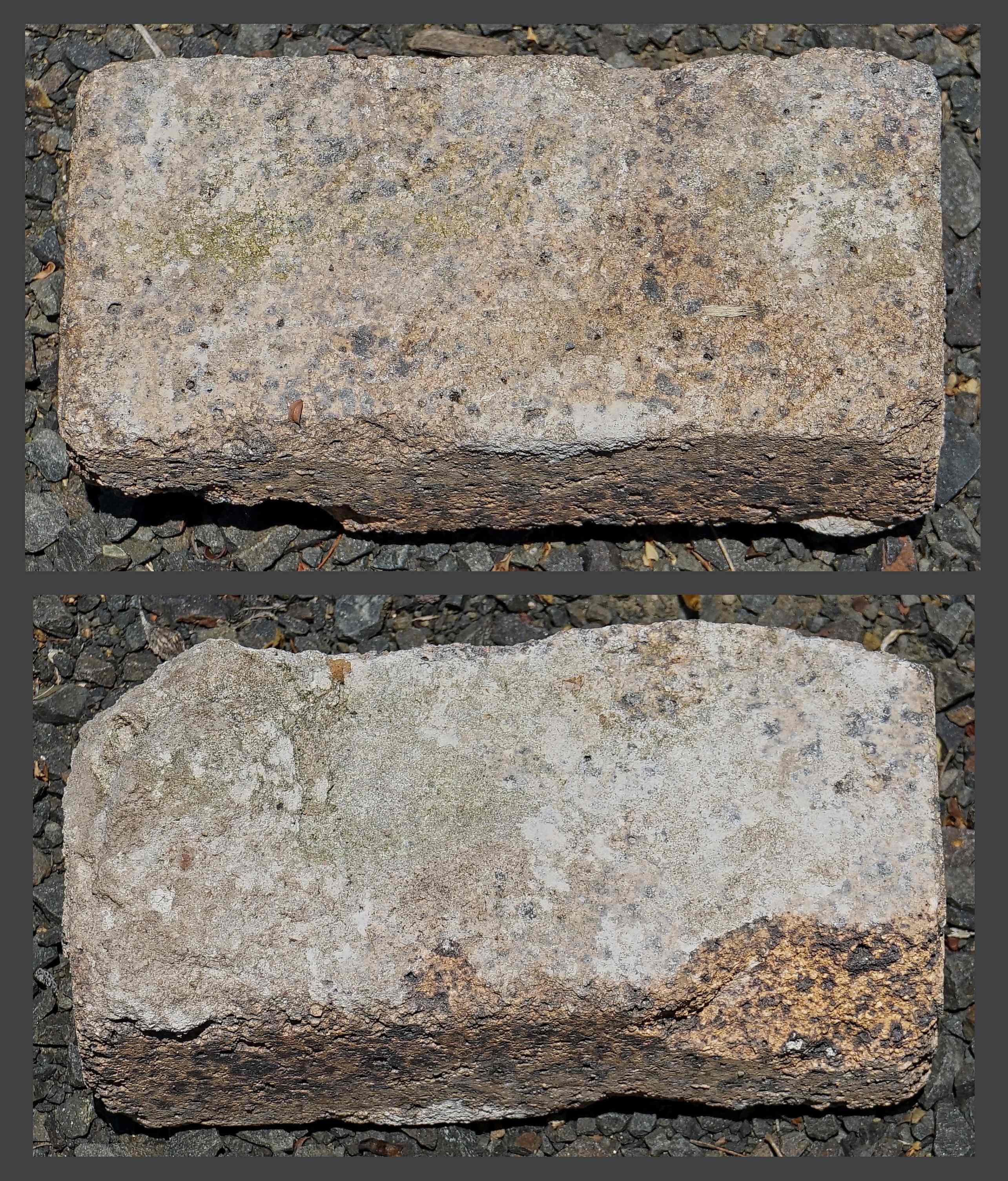
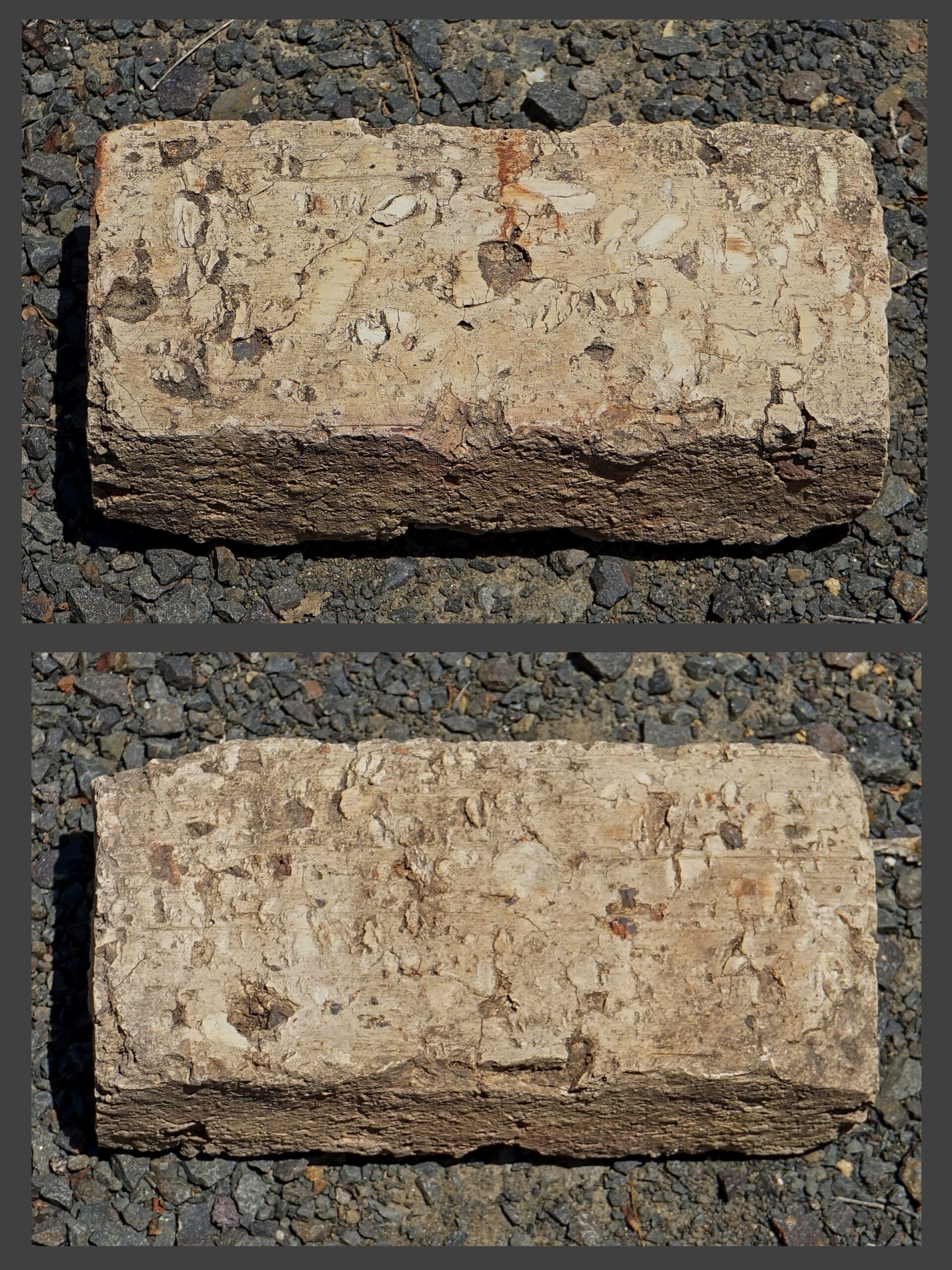



Advertisements & Maker Marks
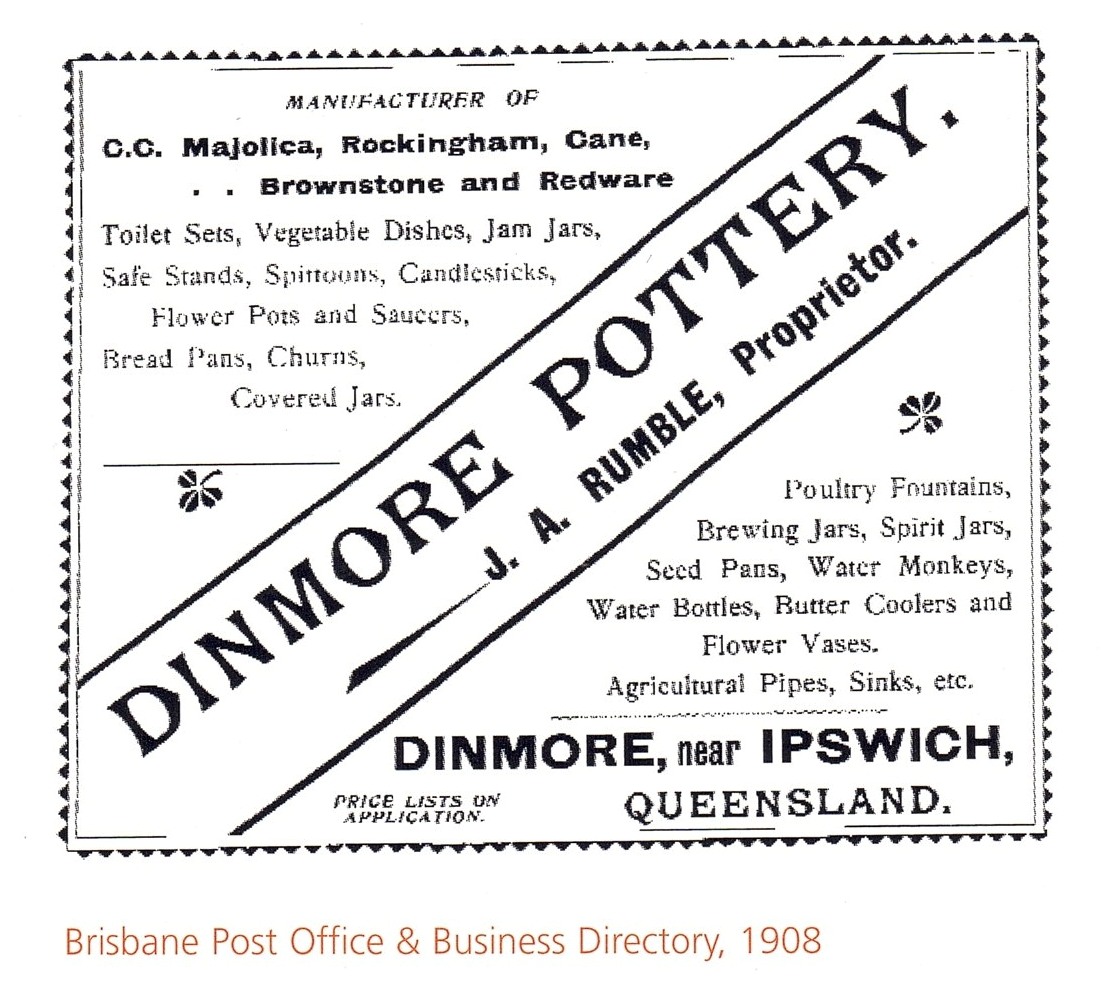
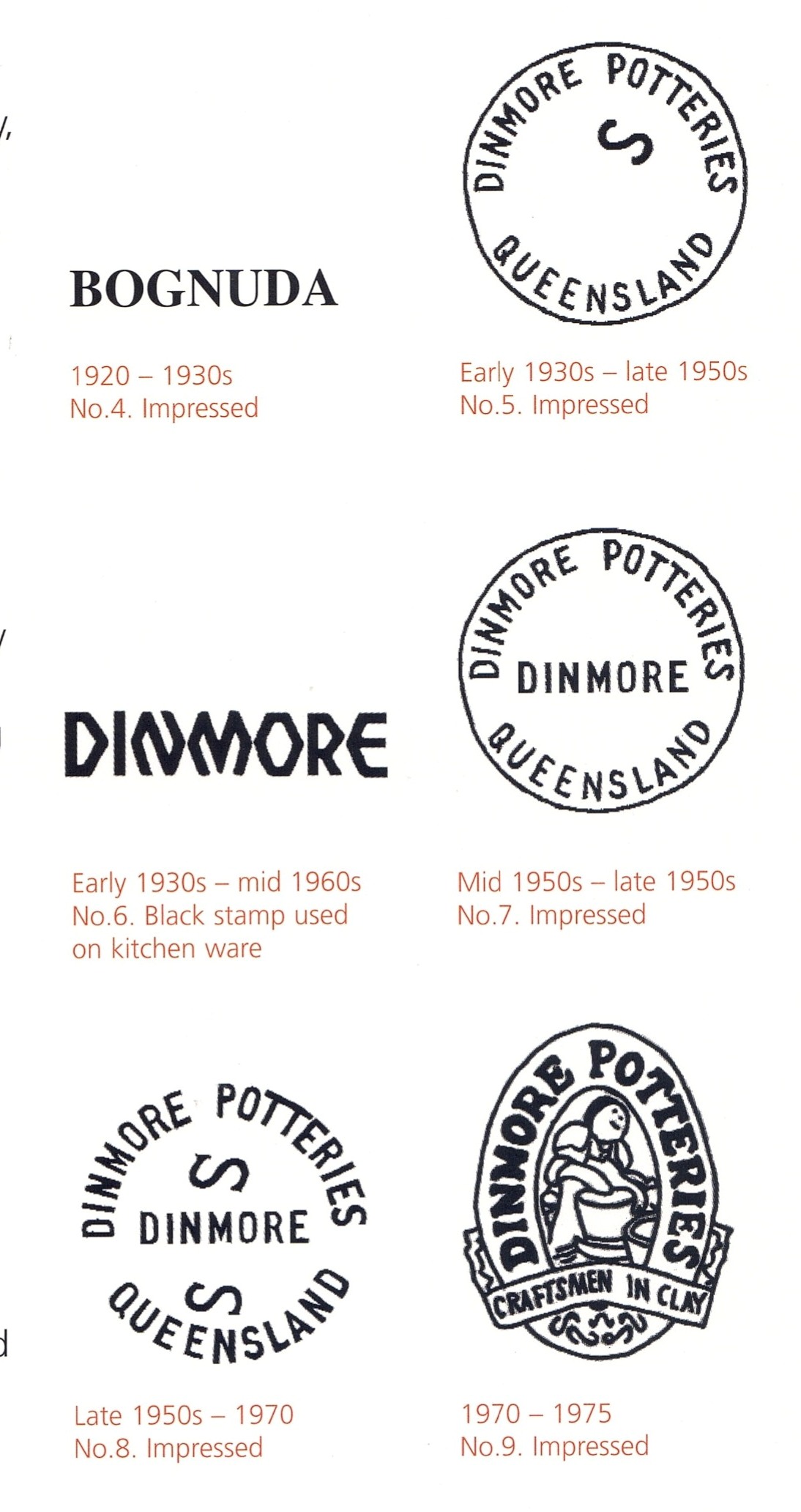
Pottery


